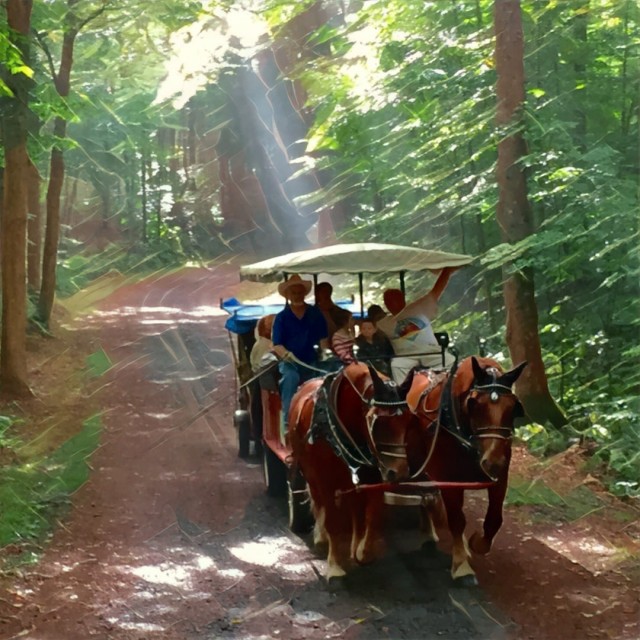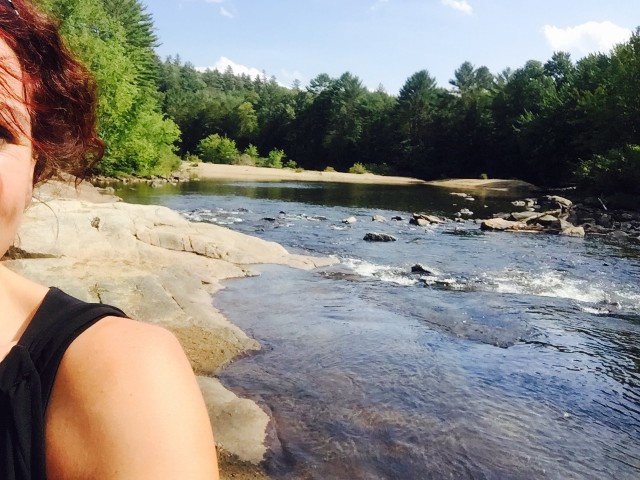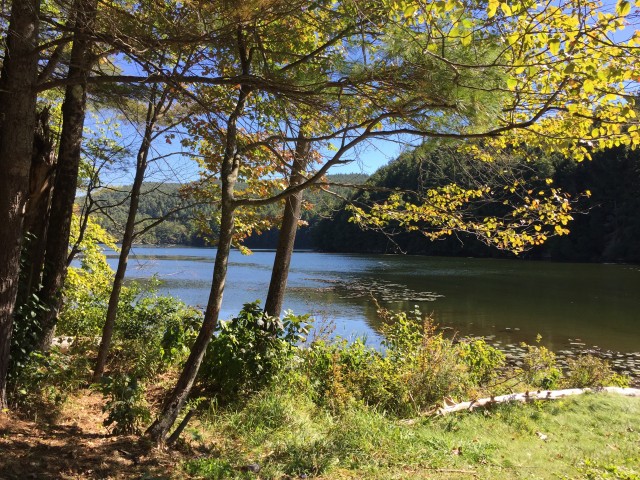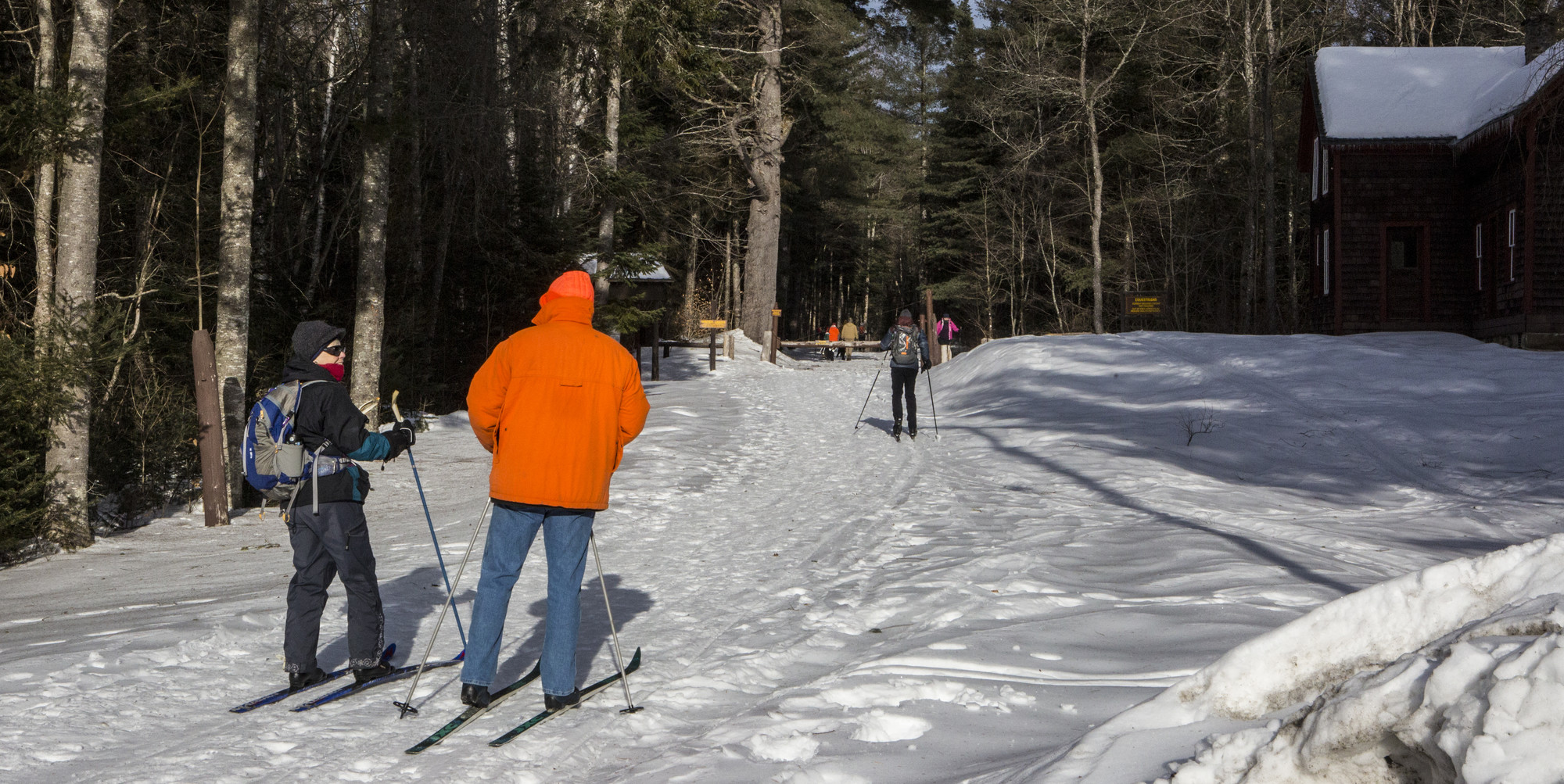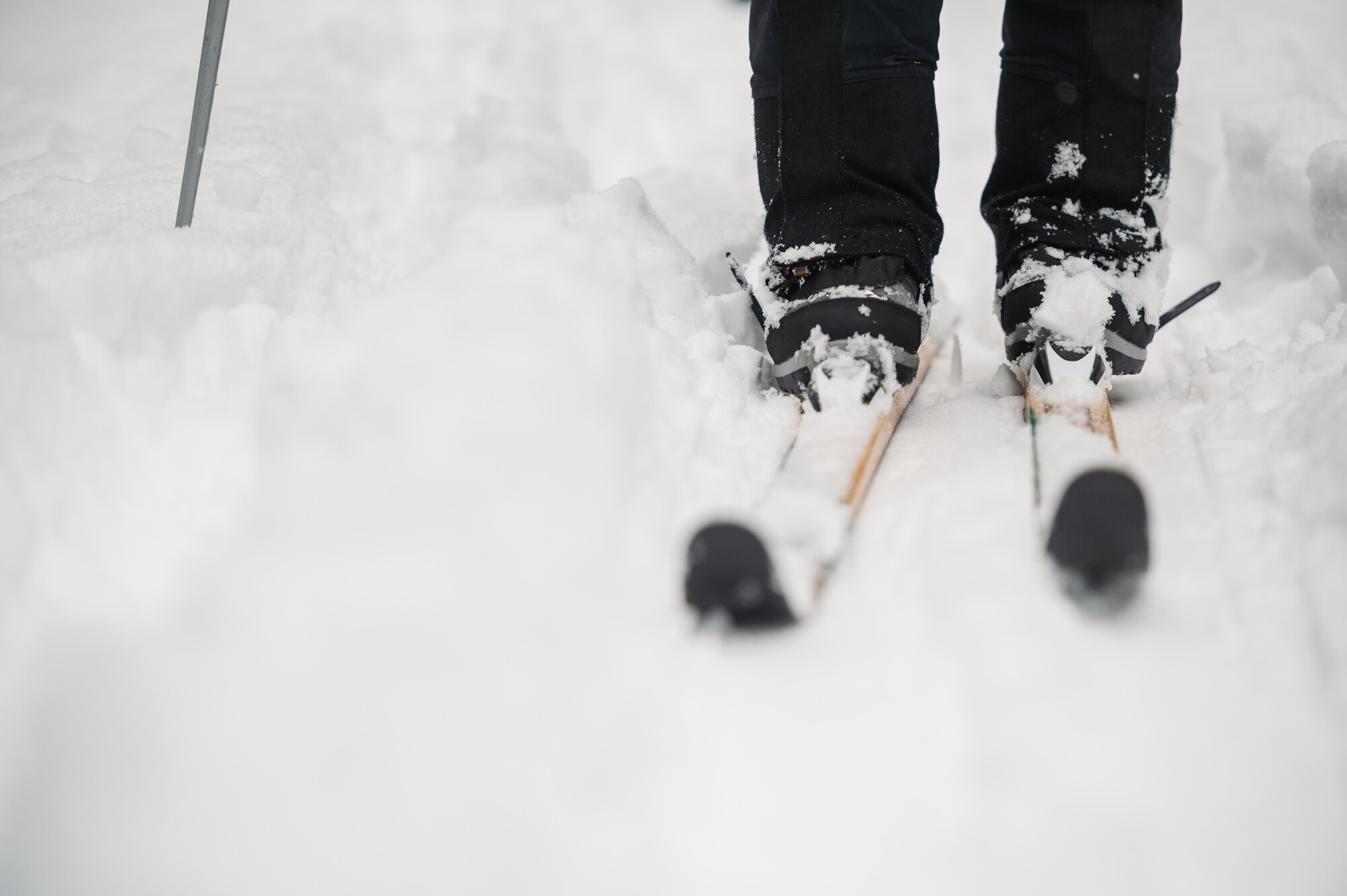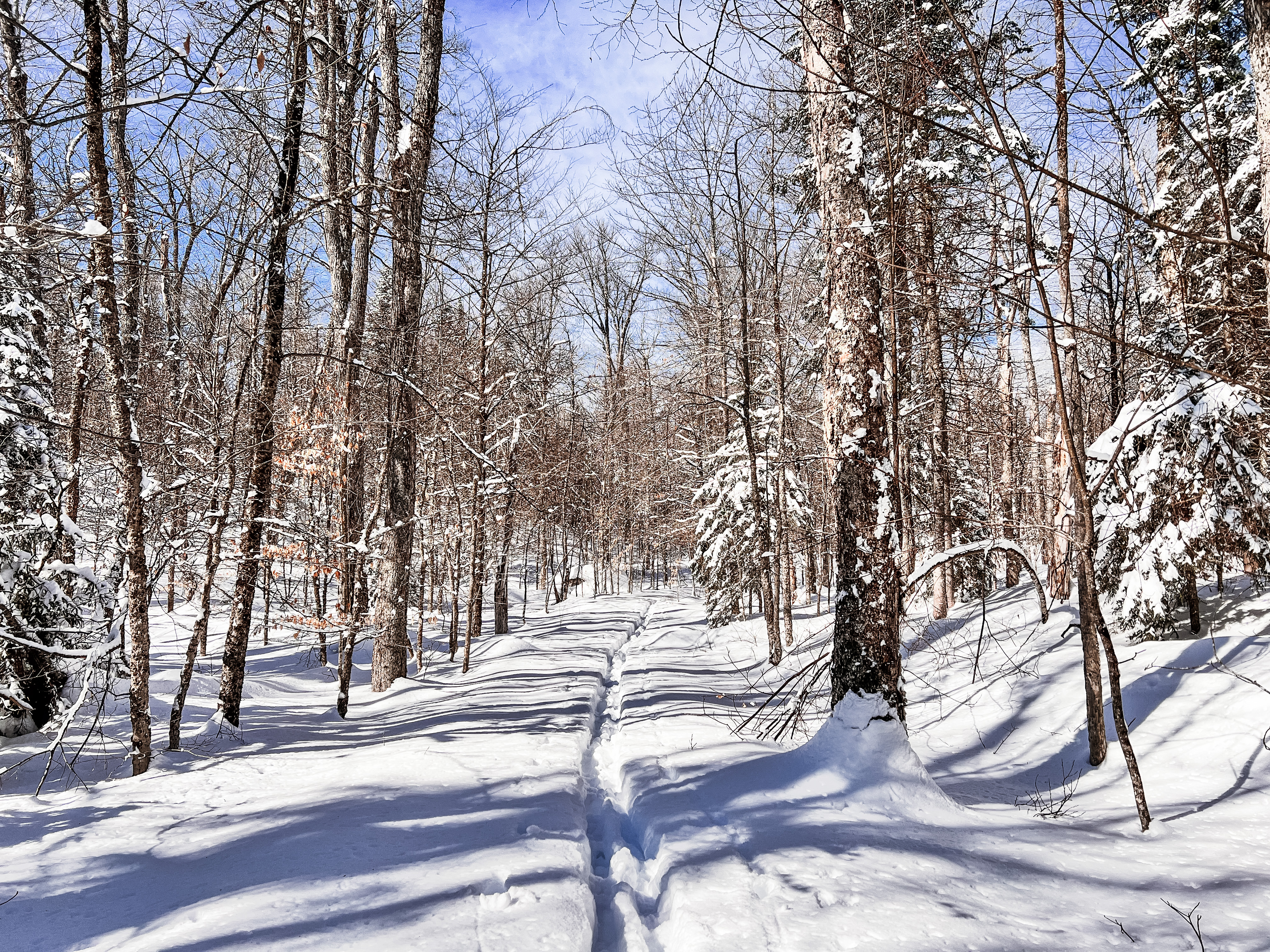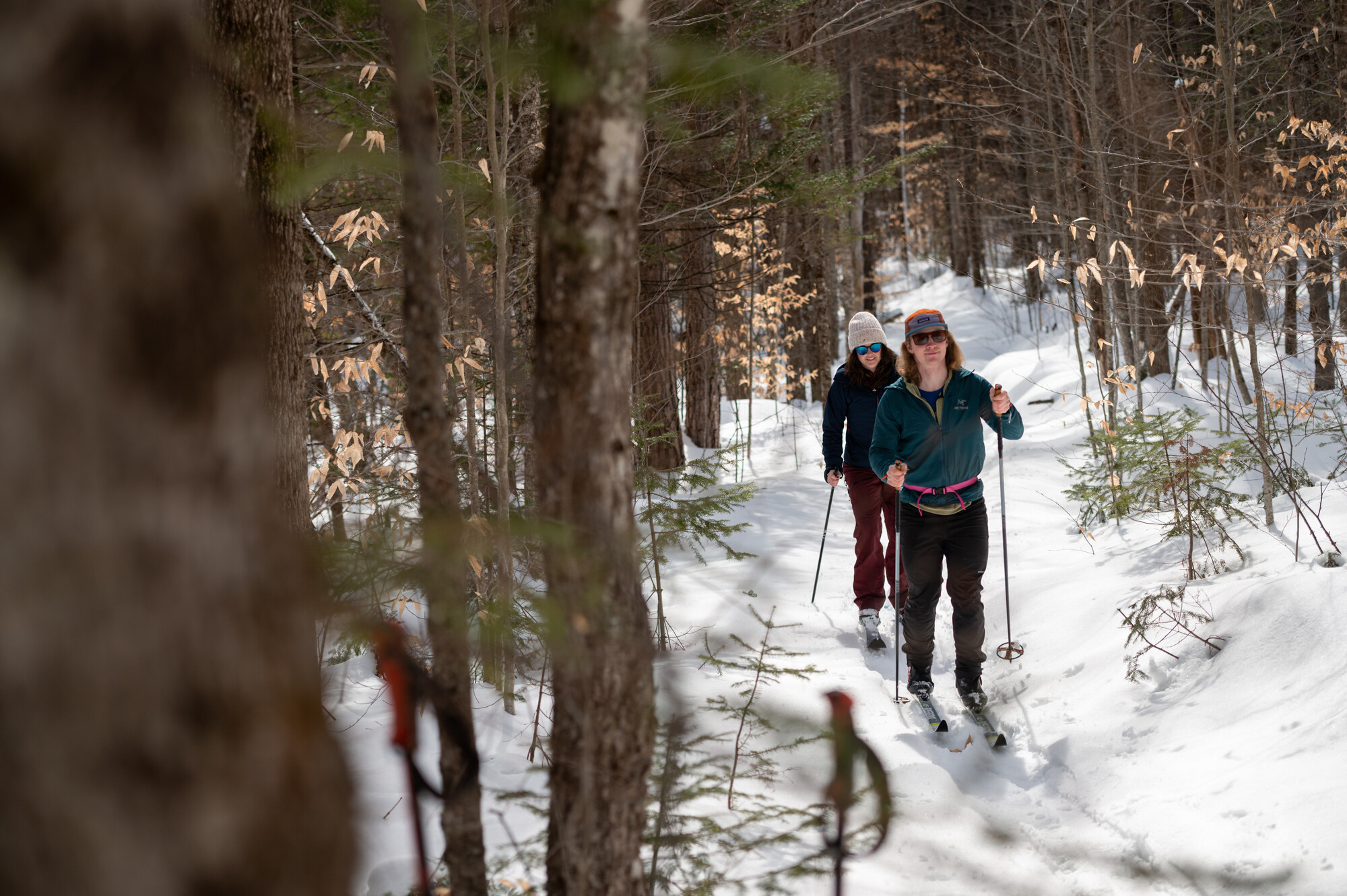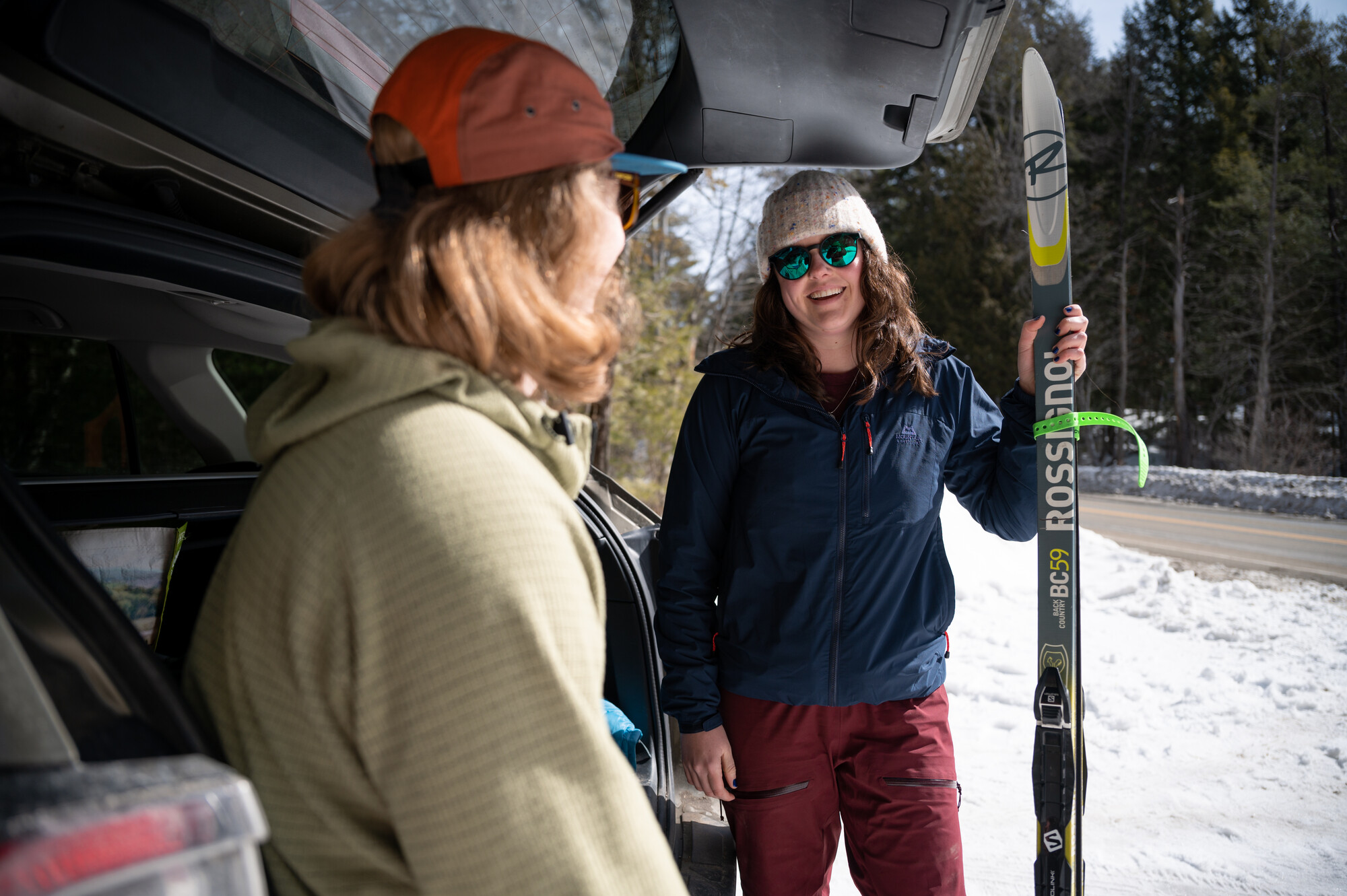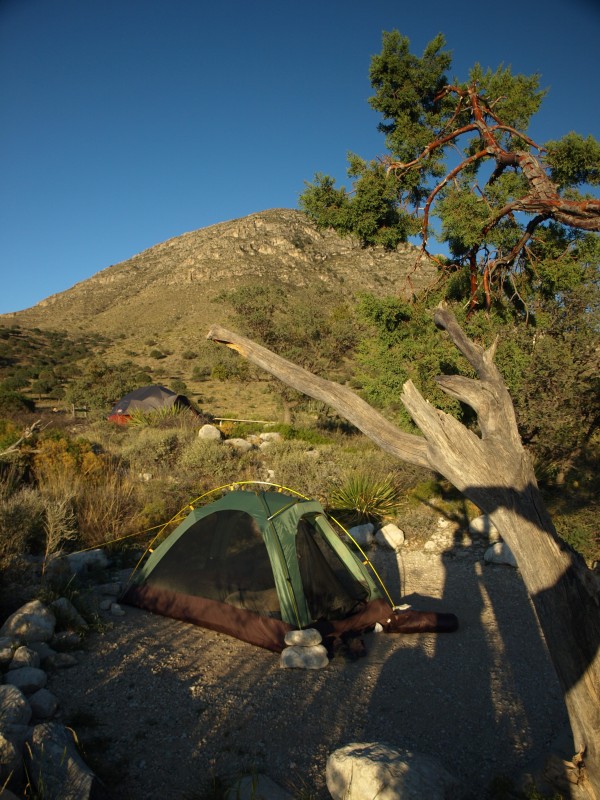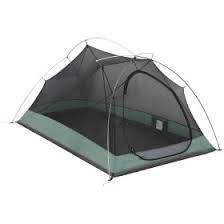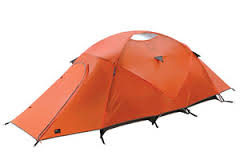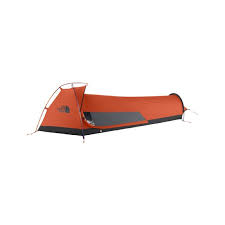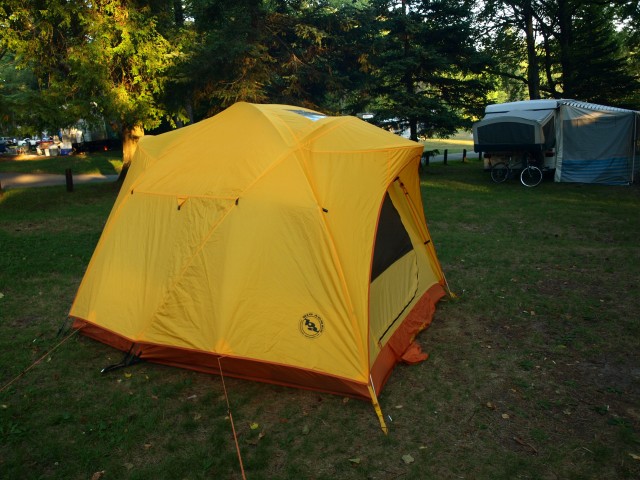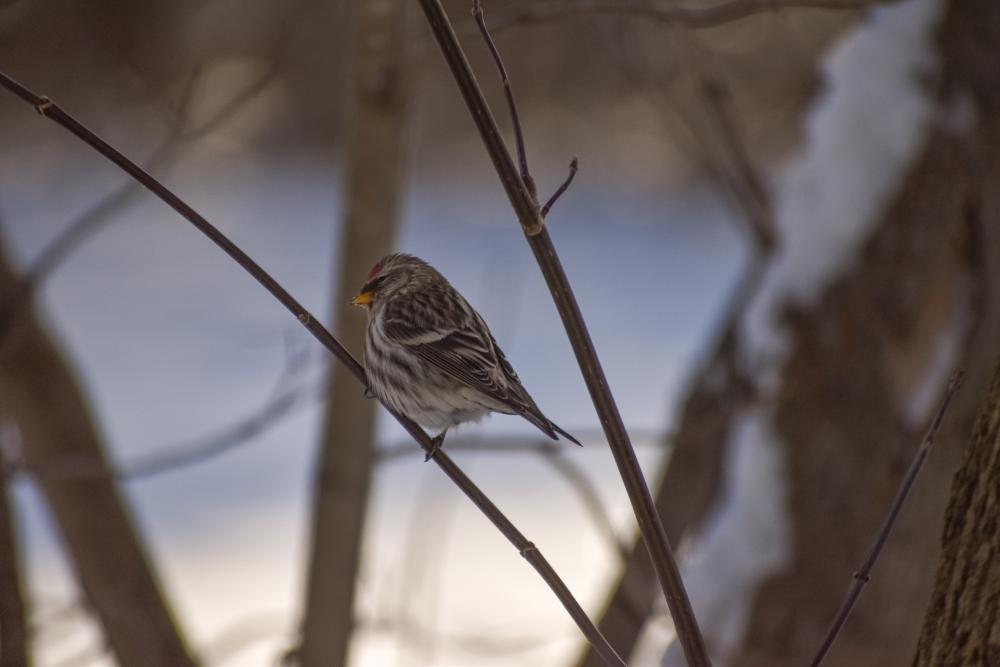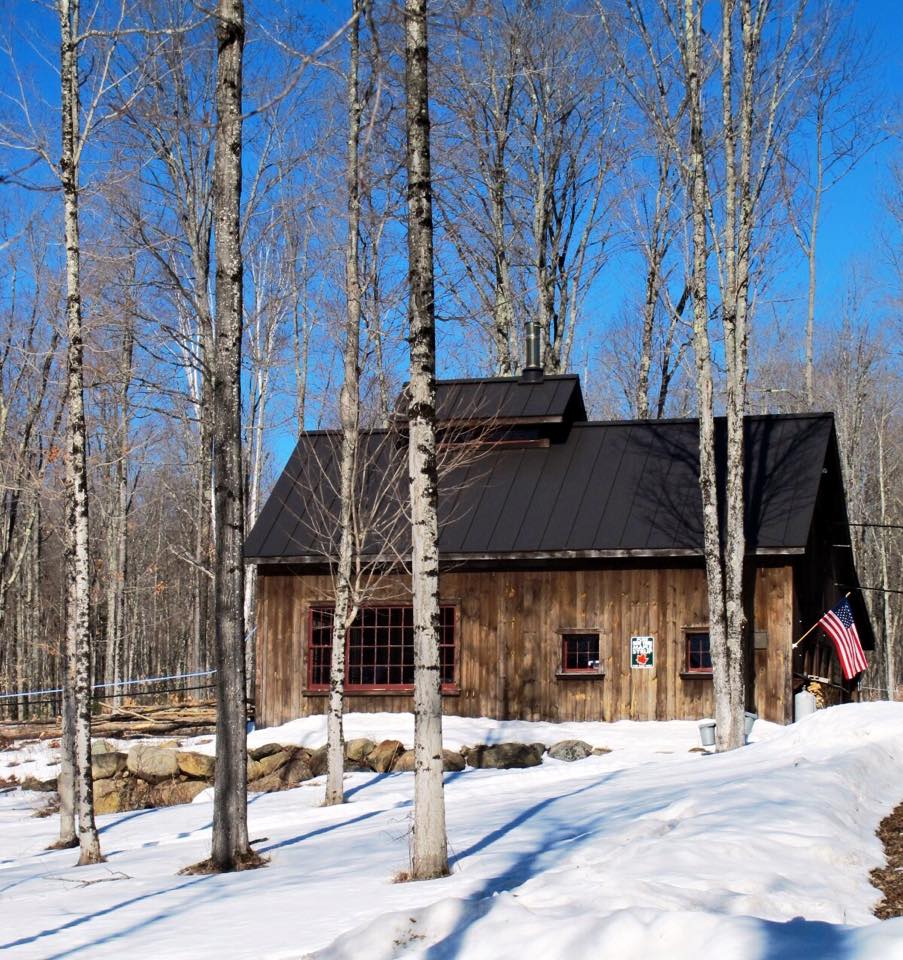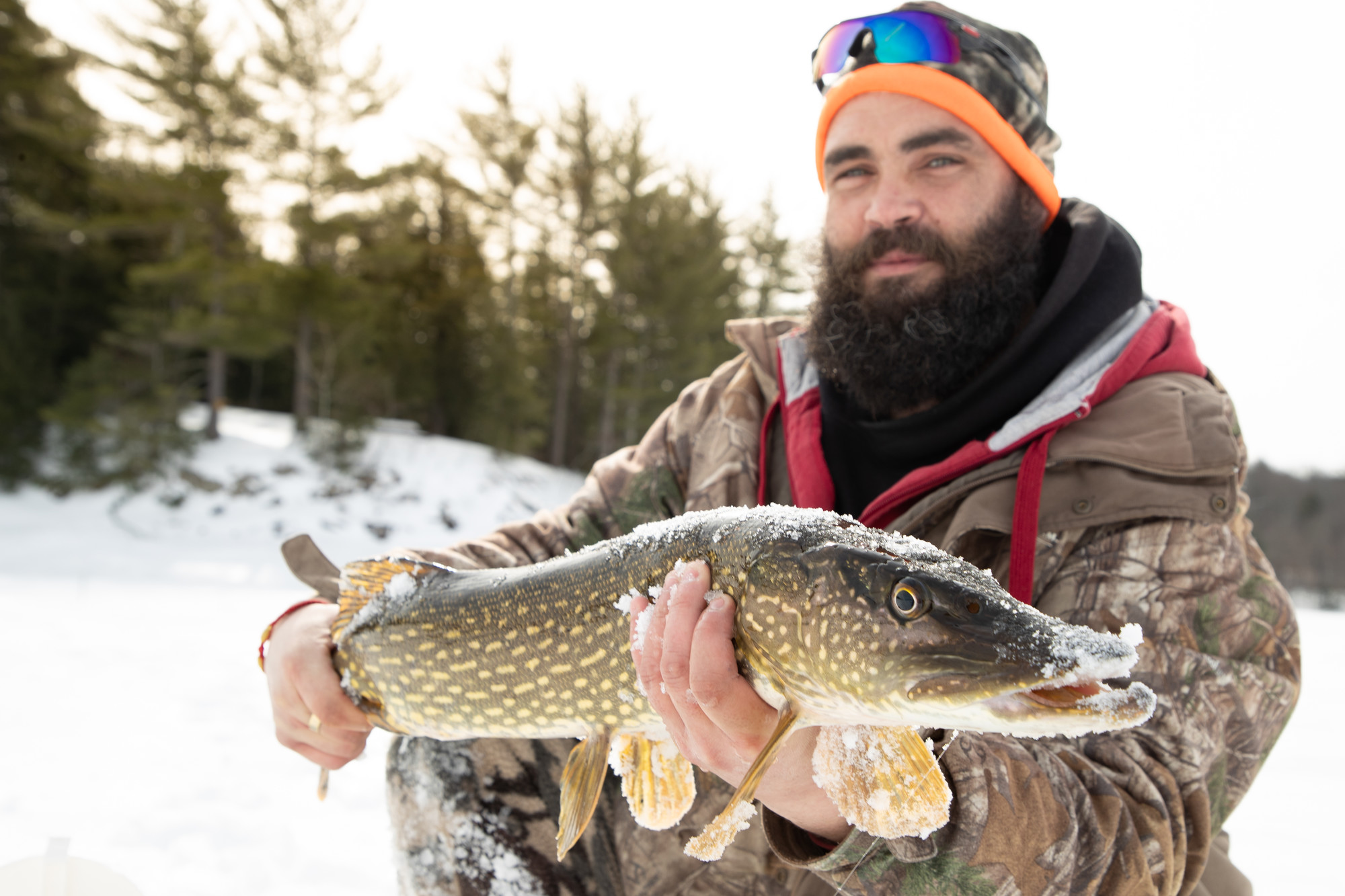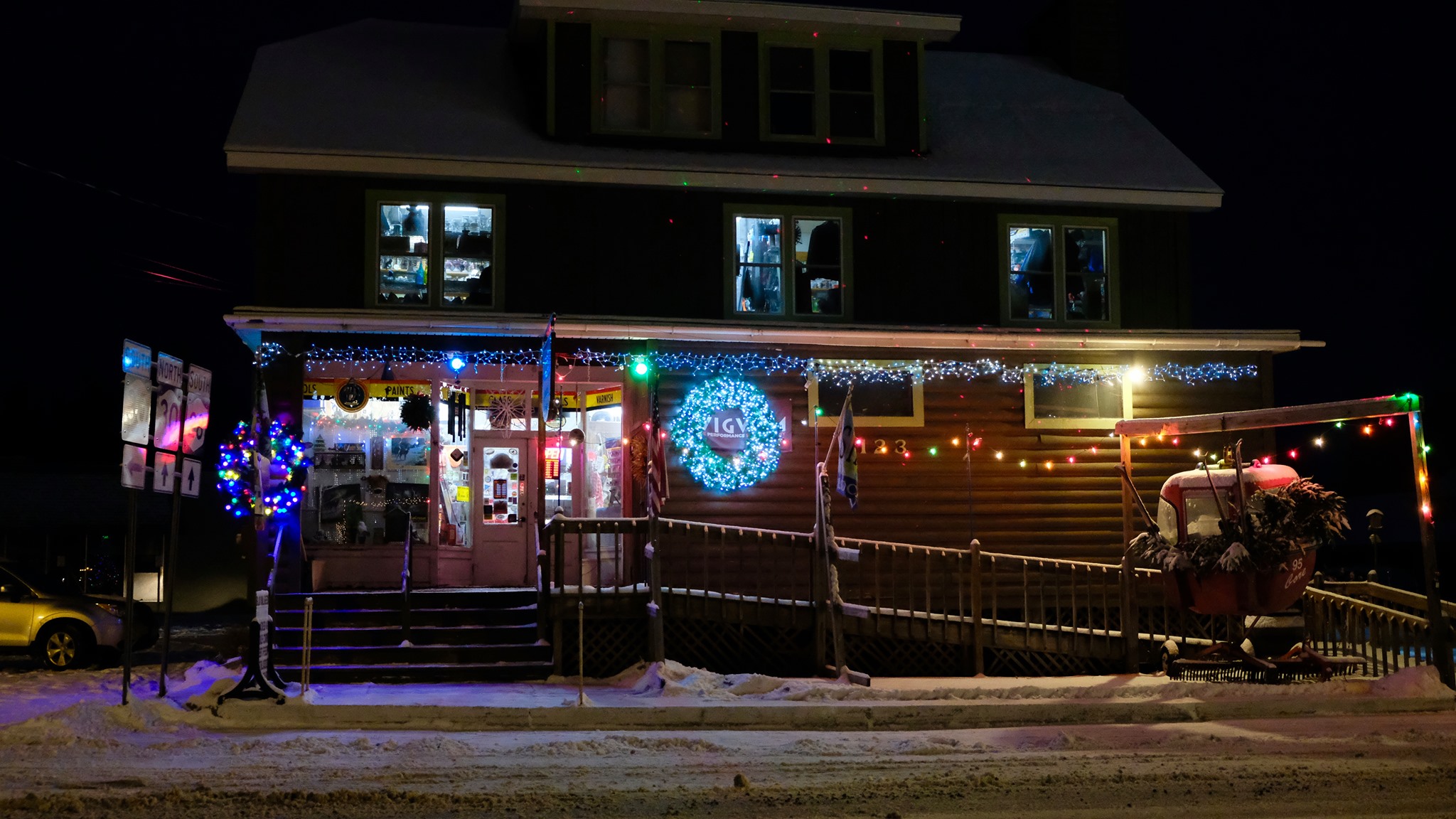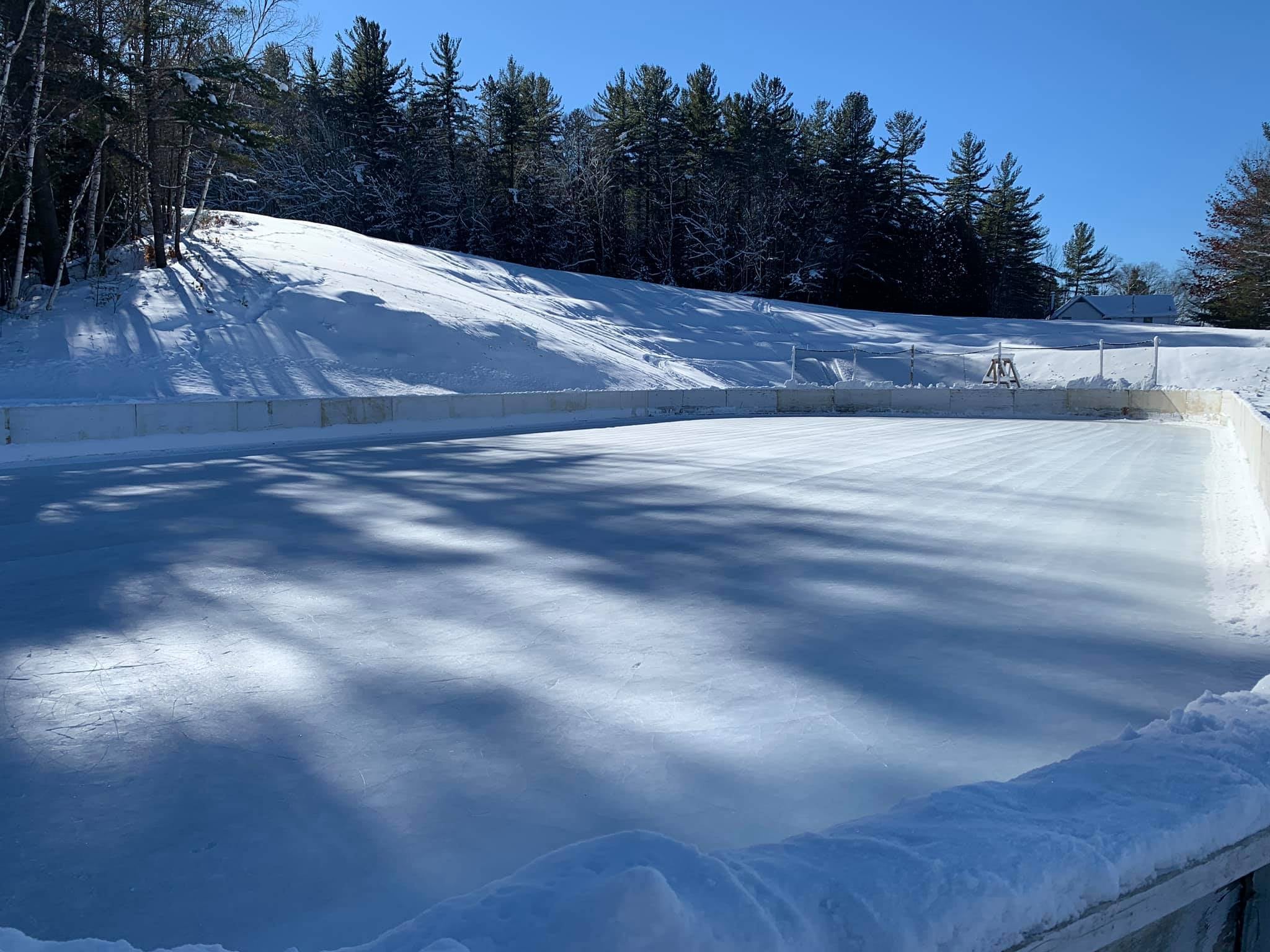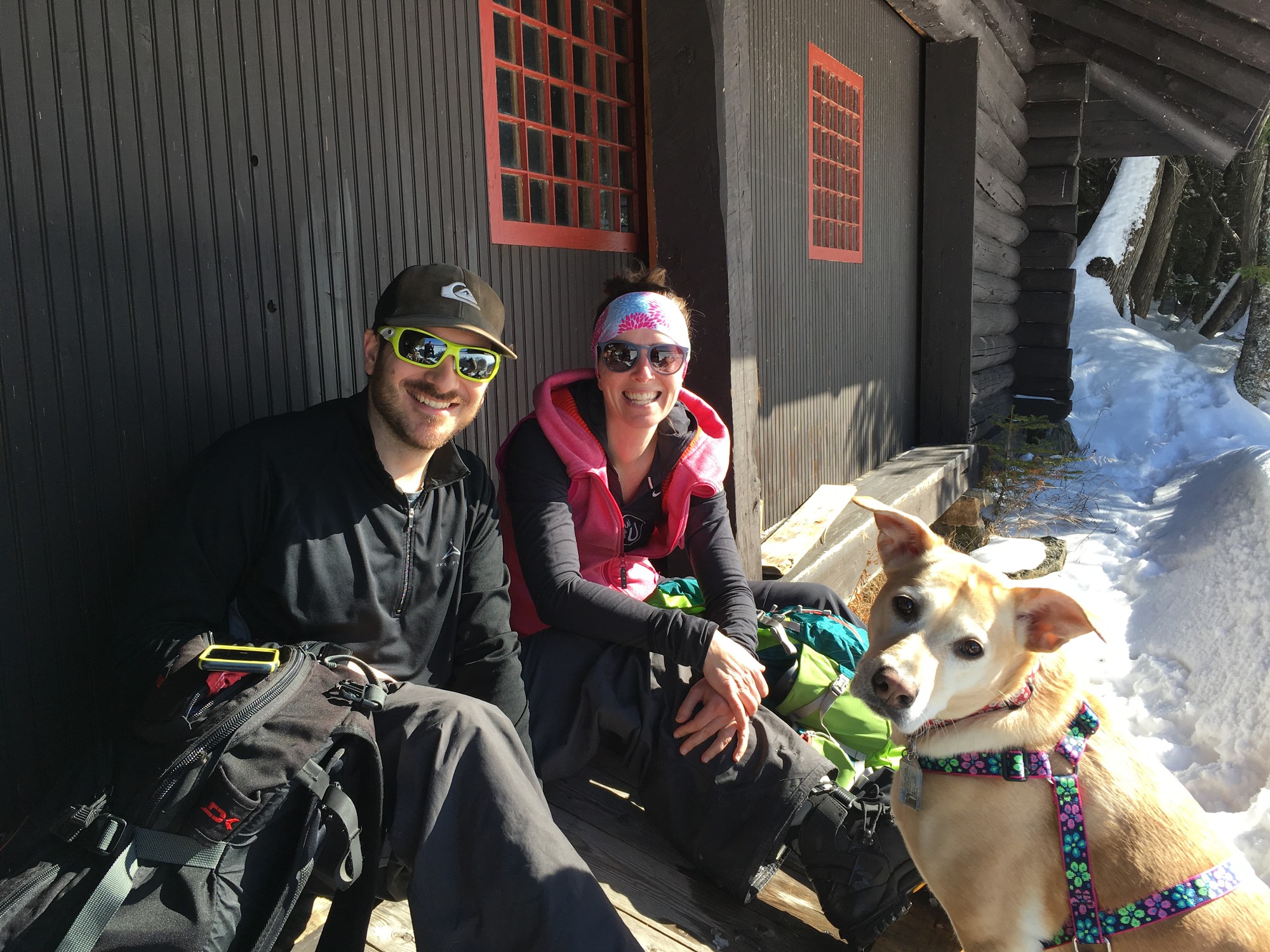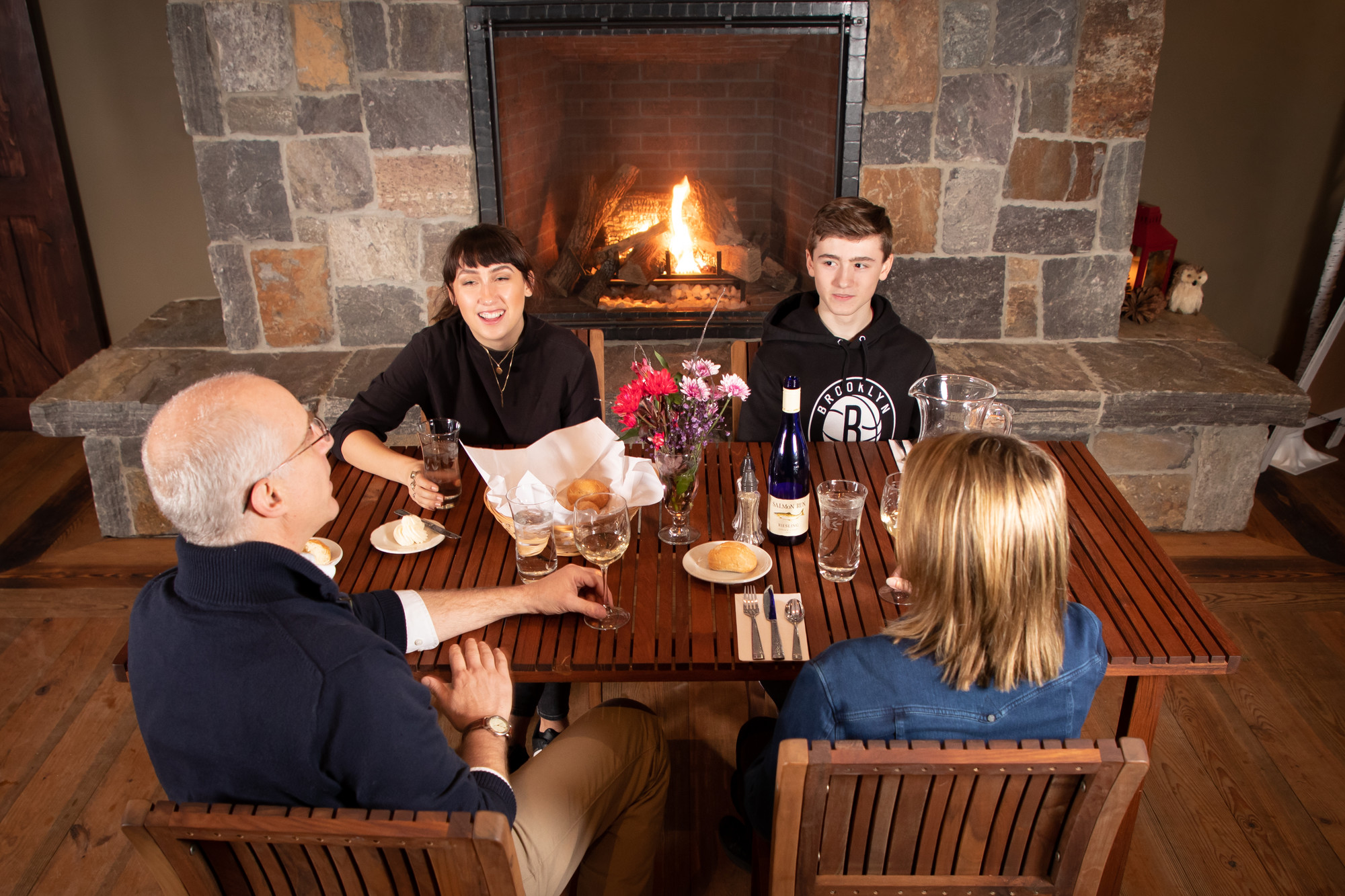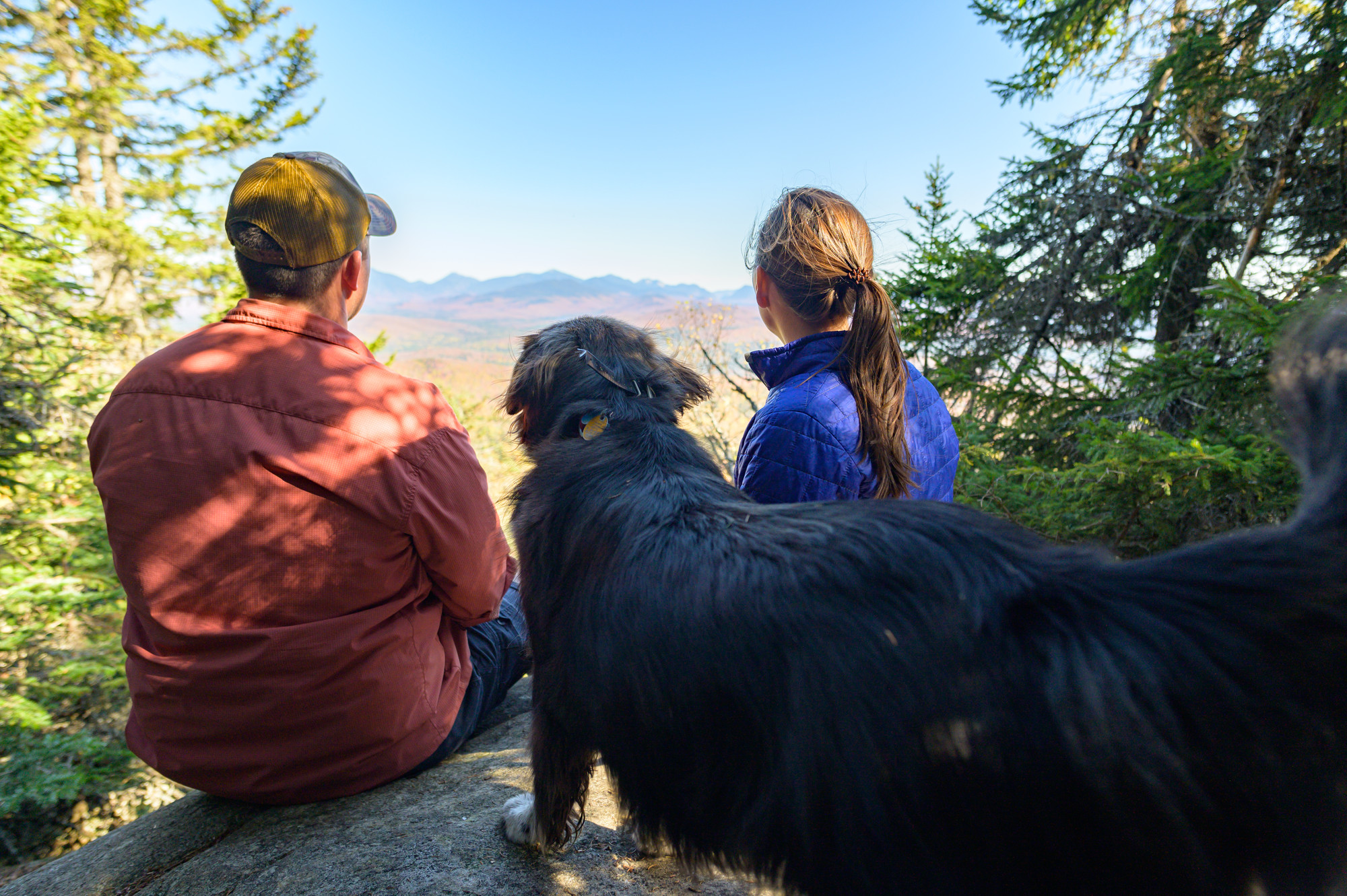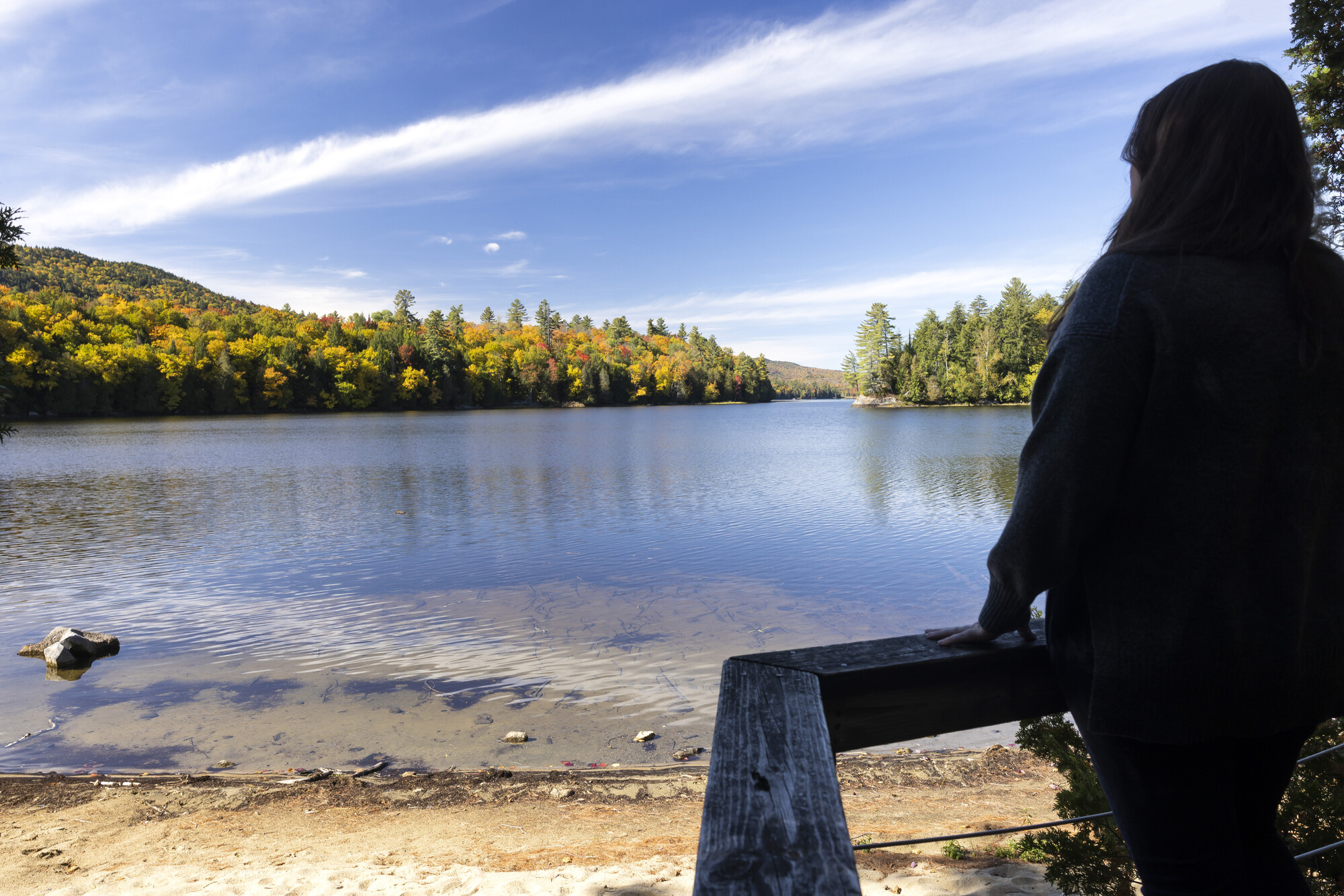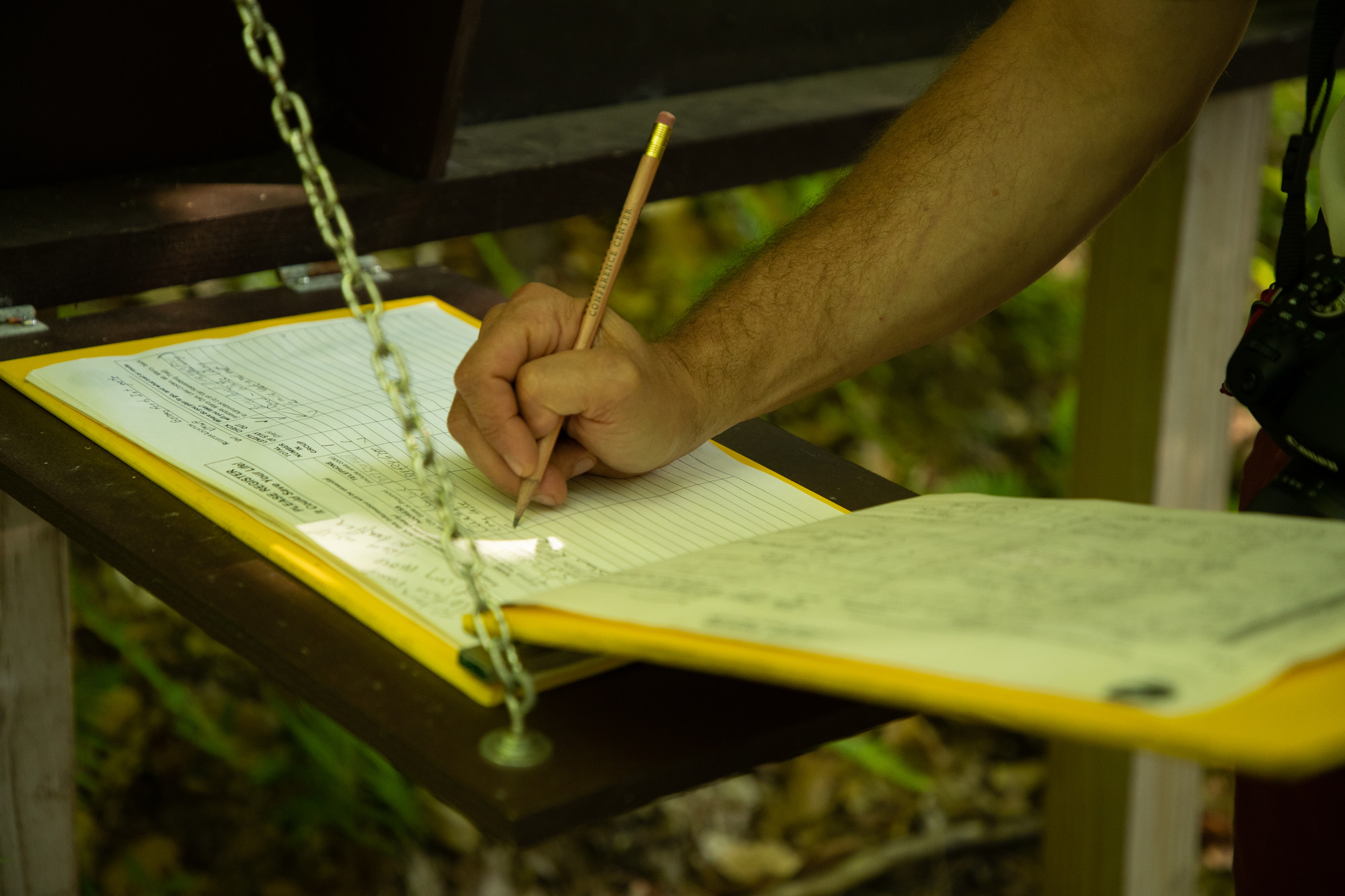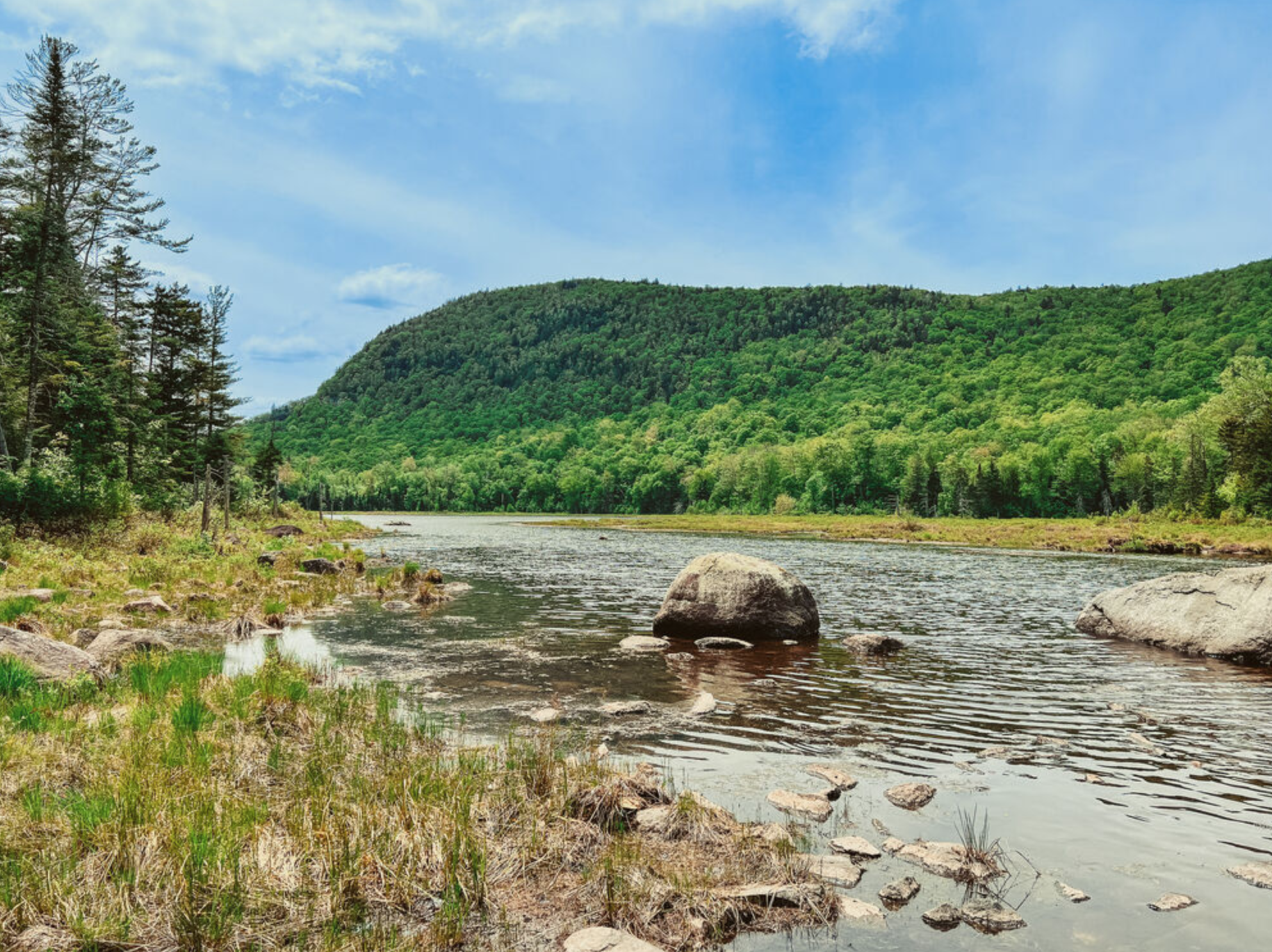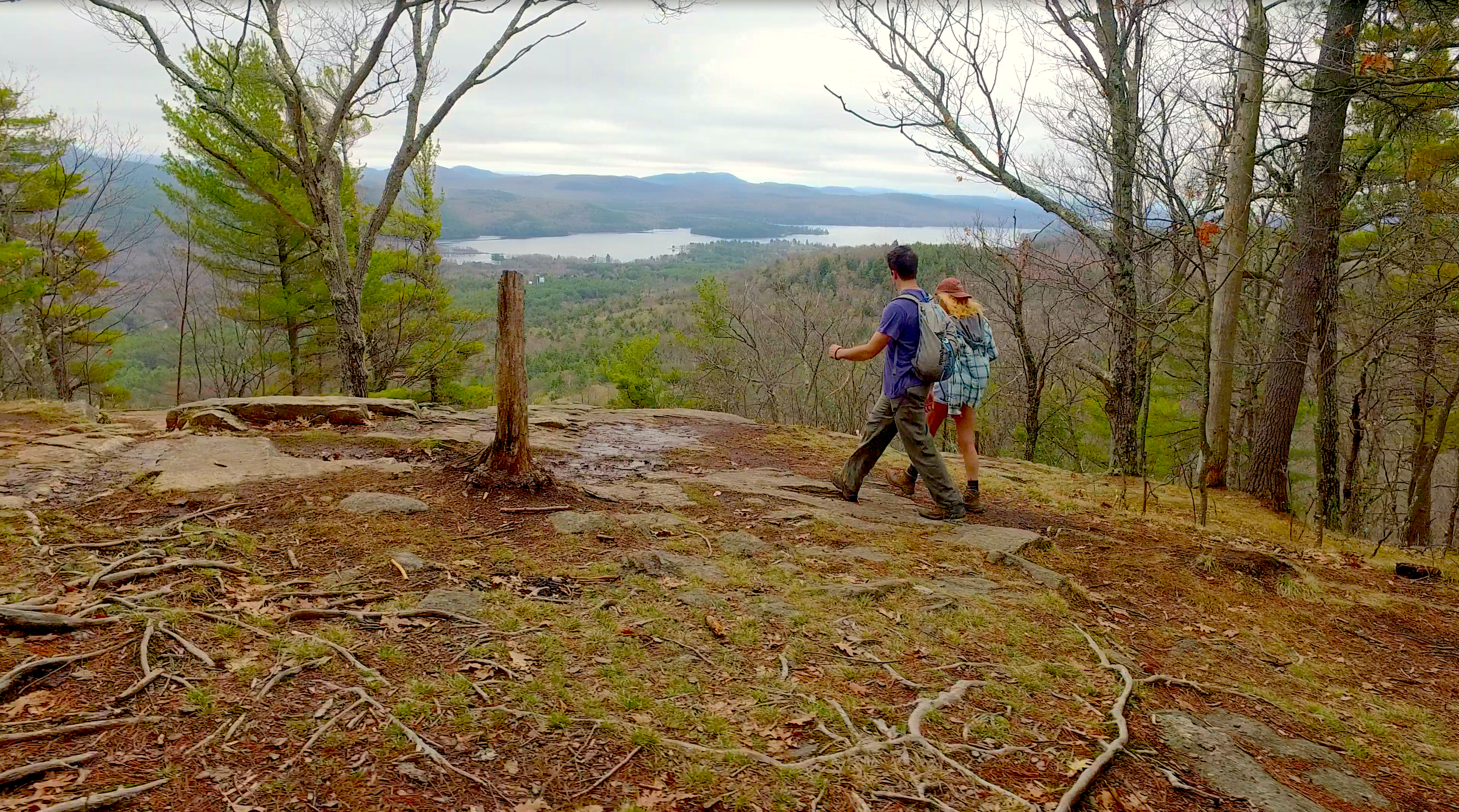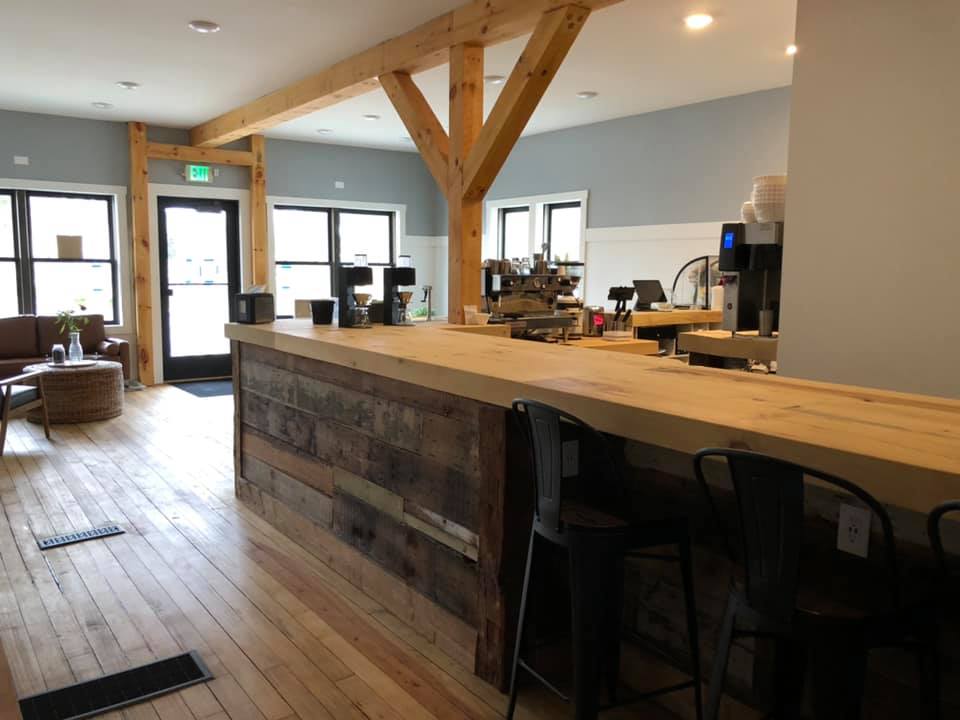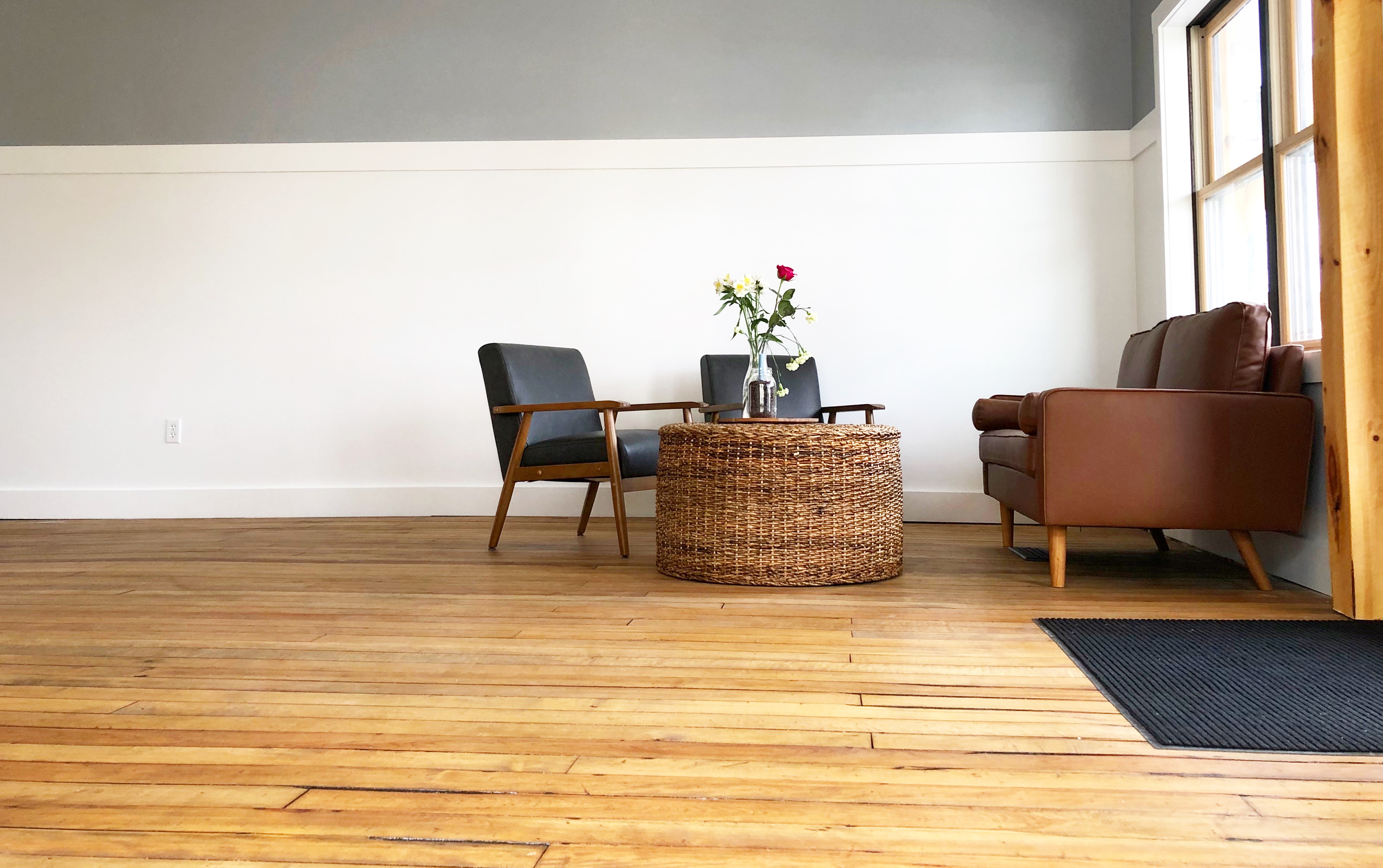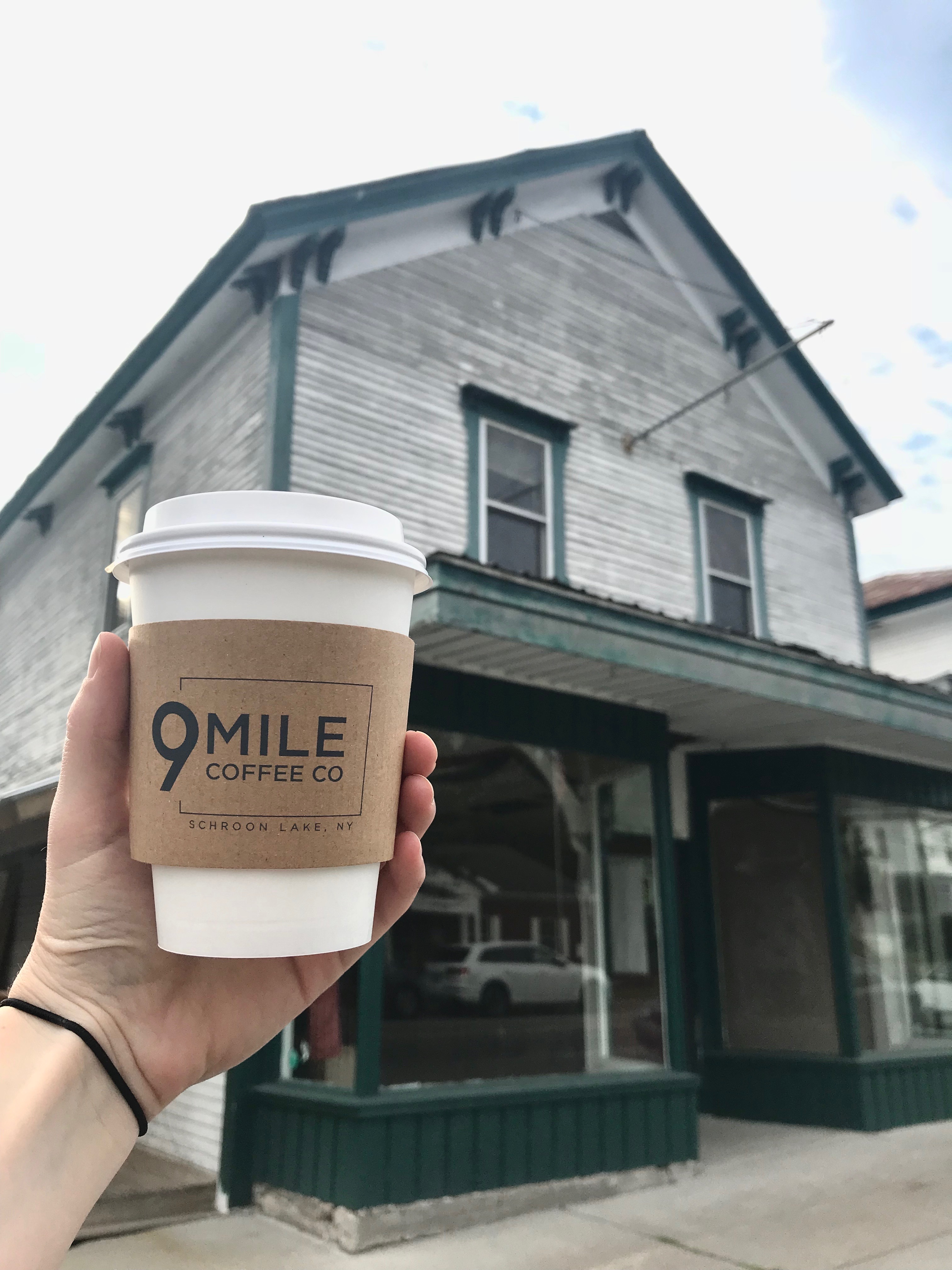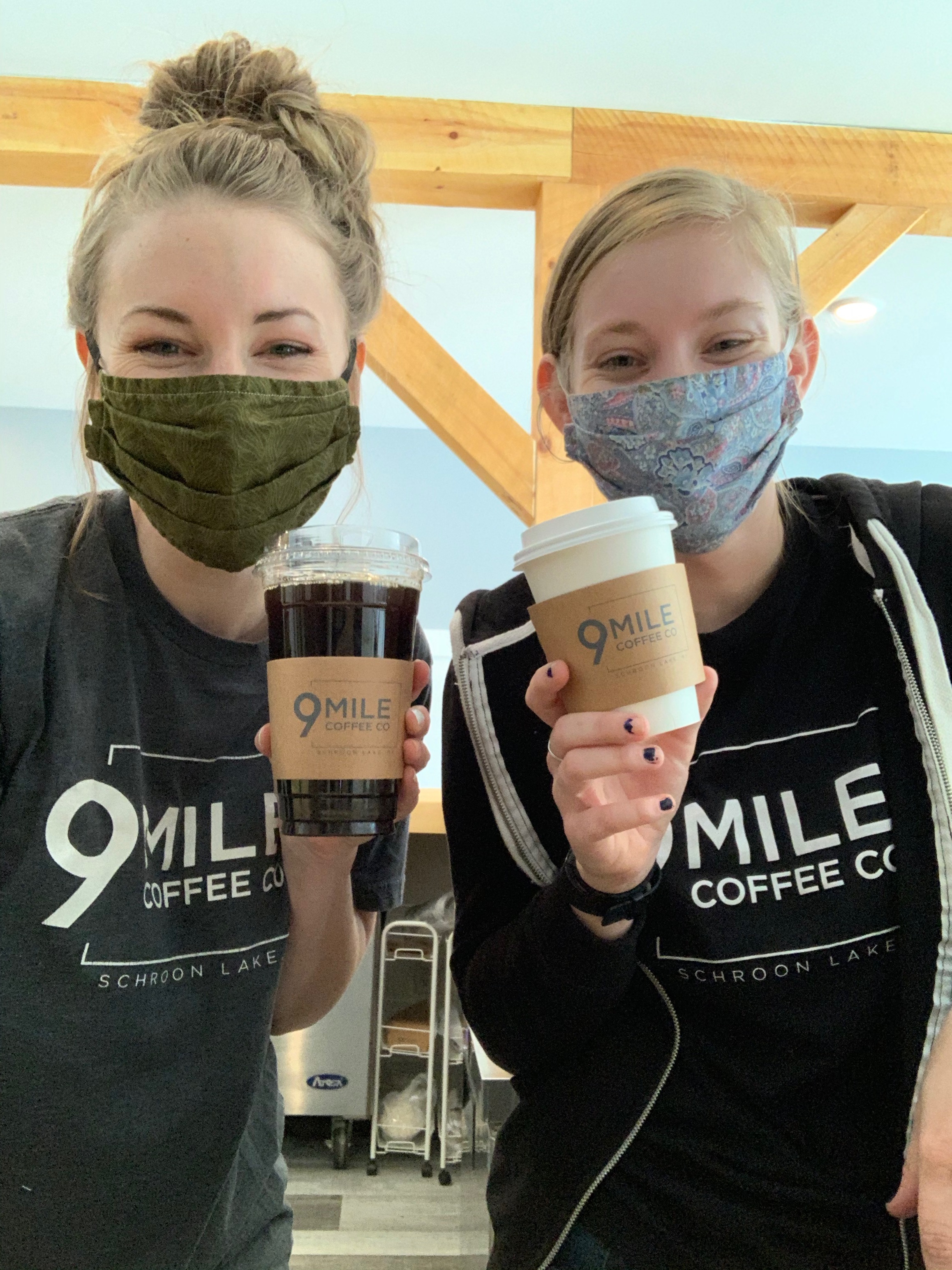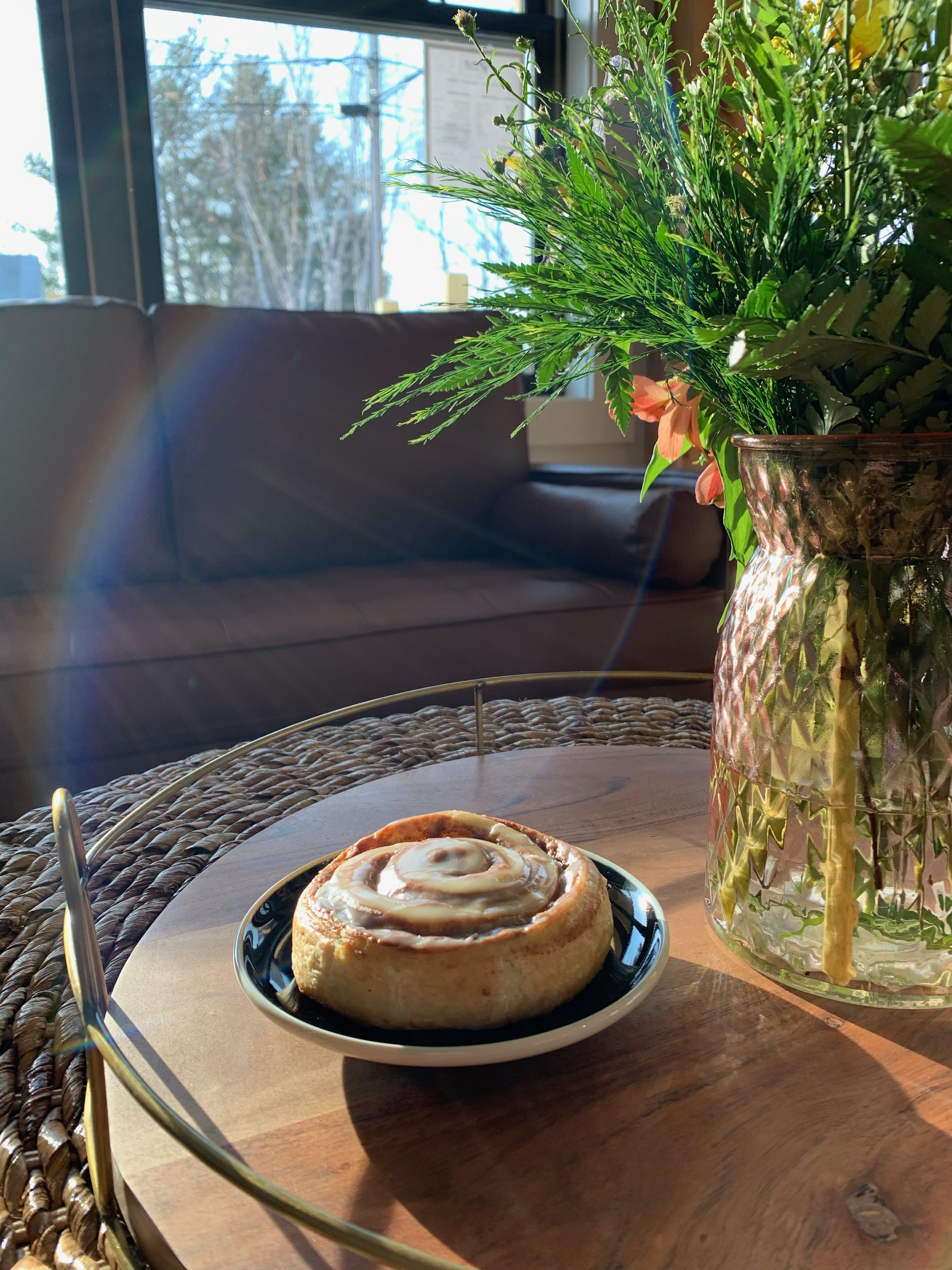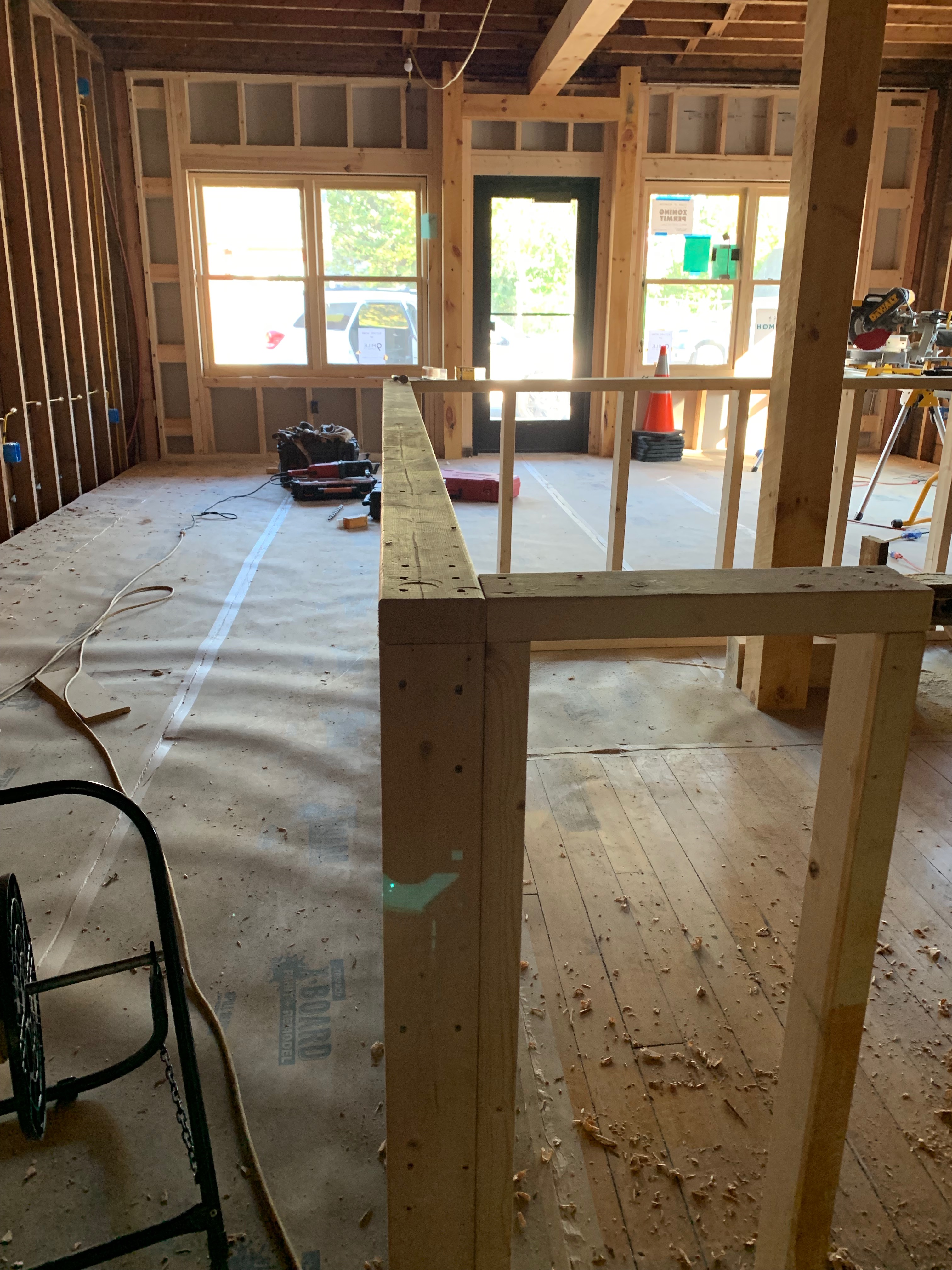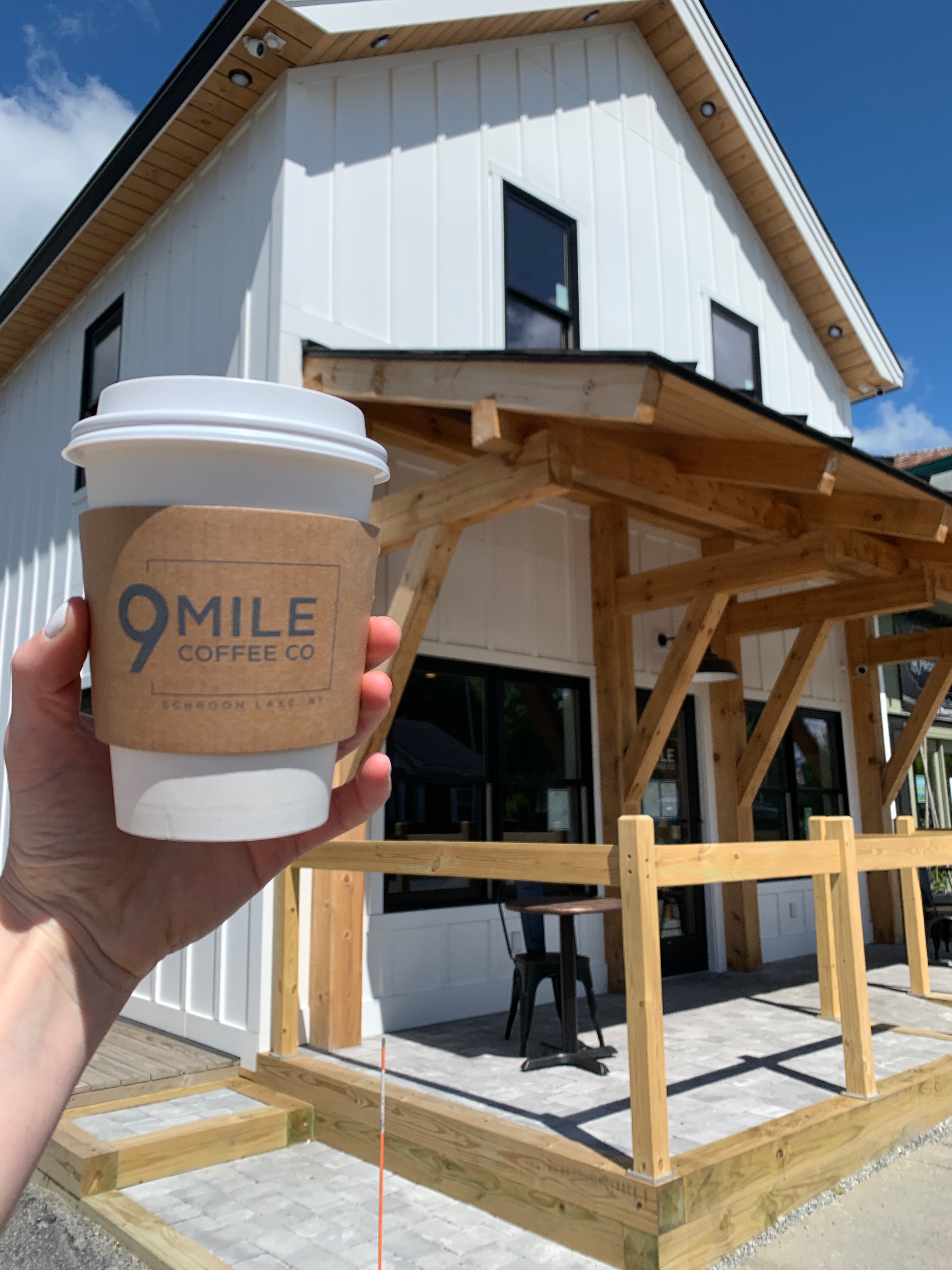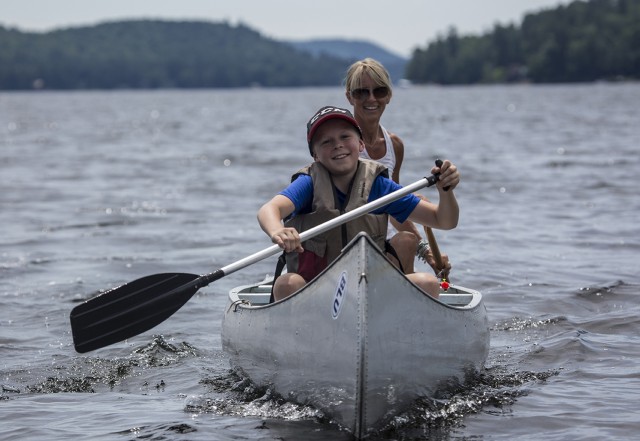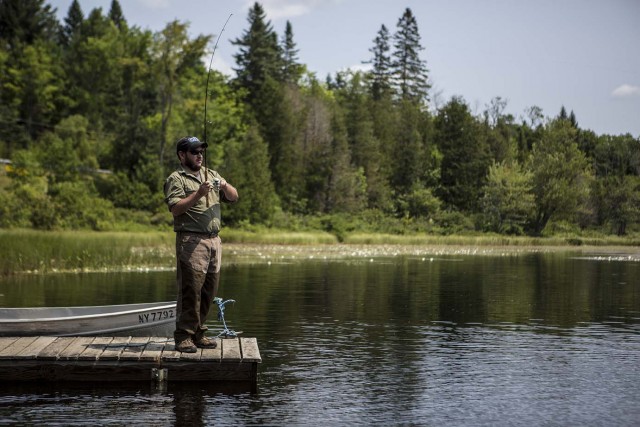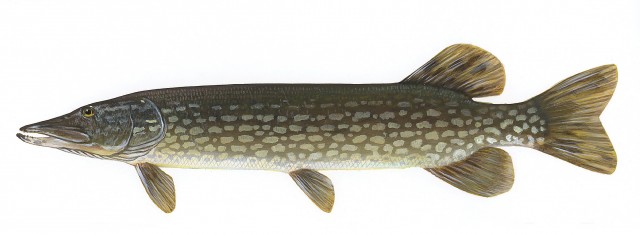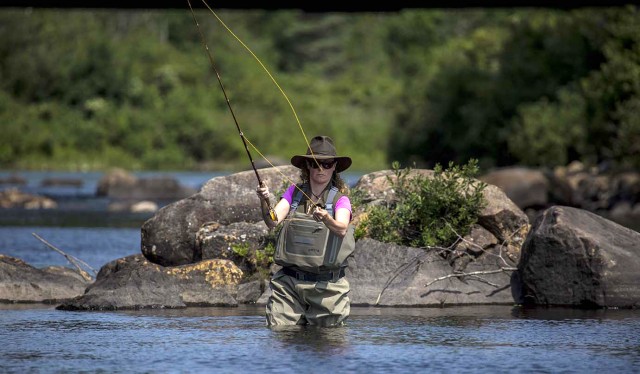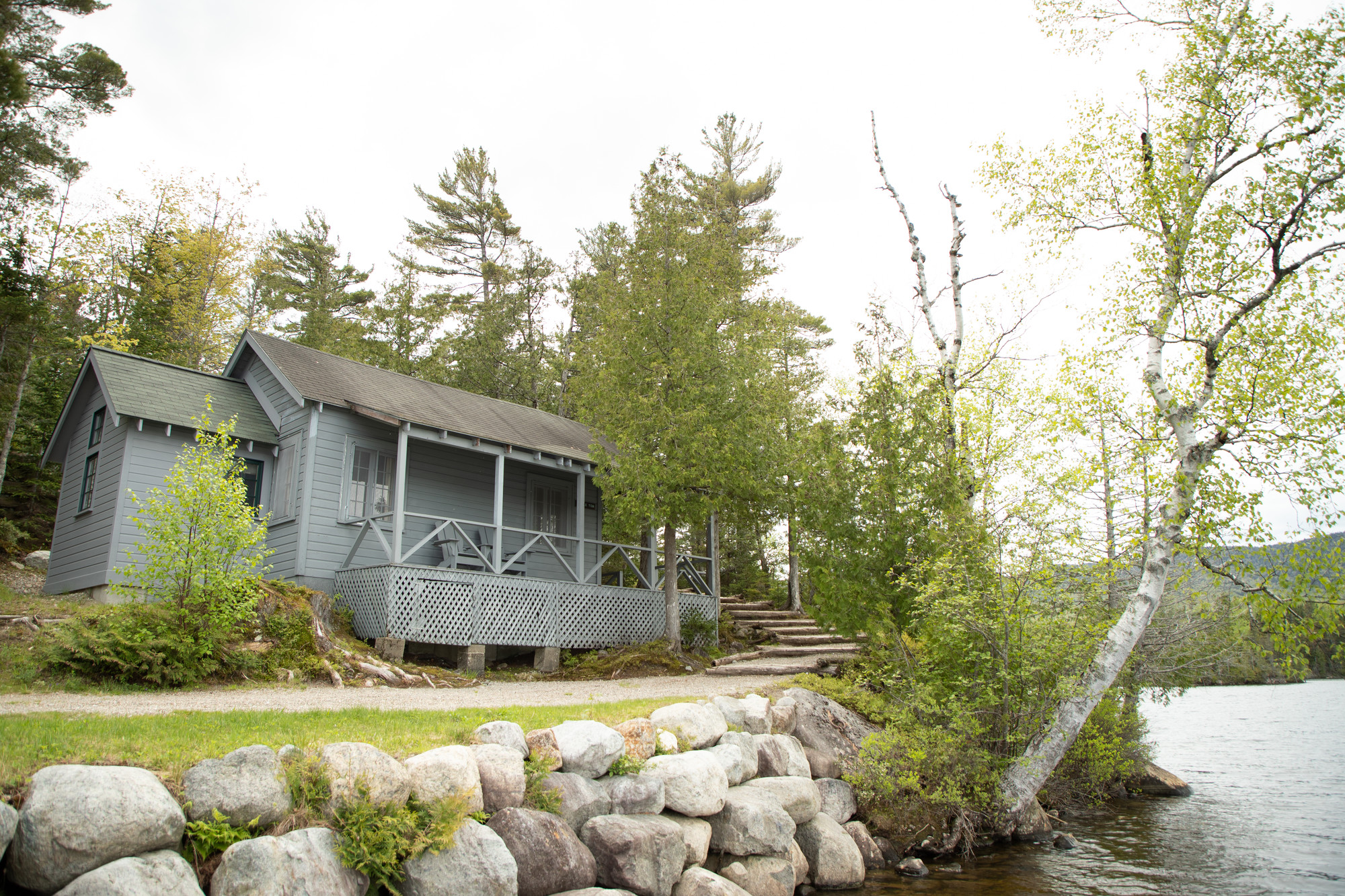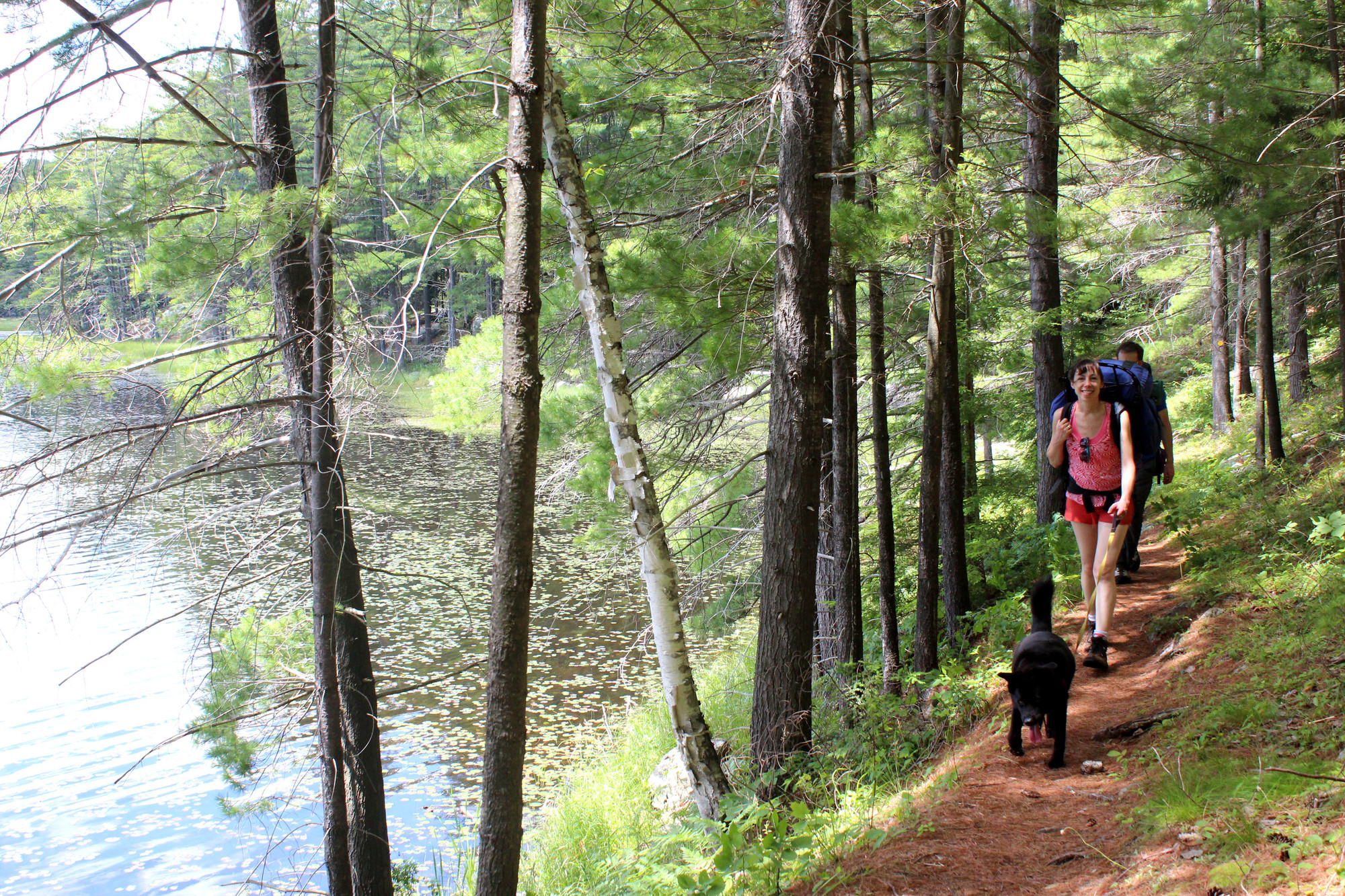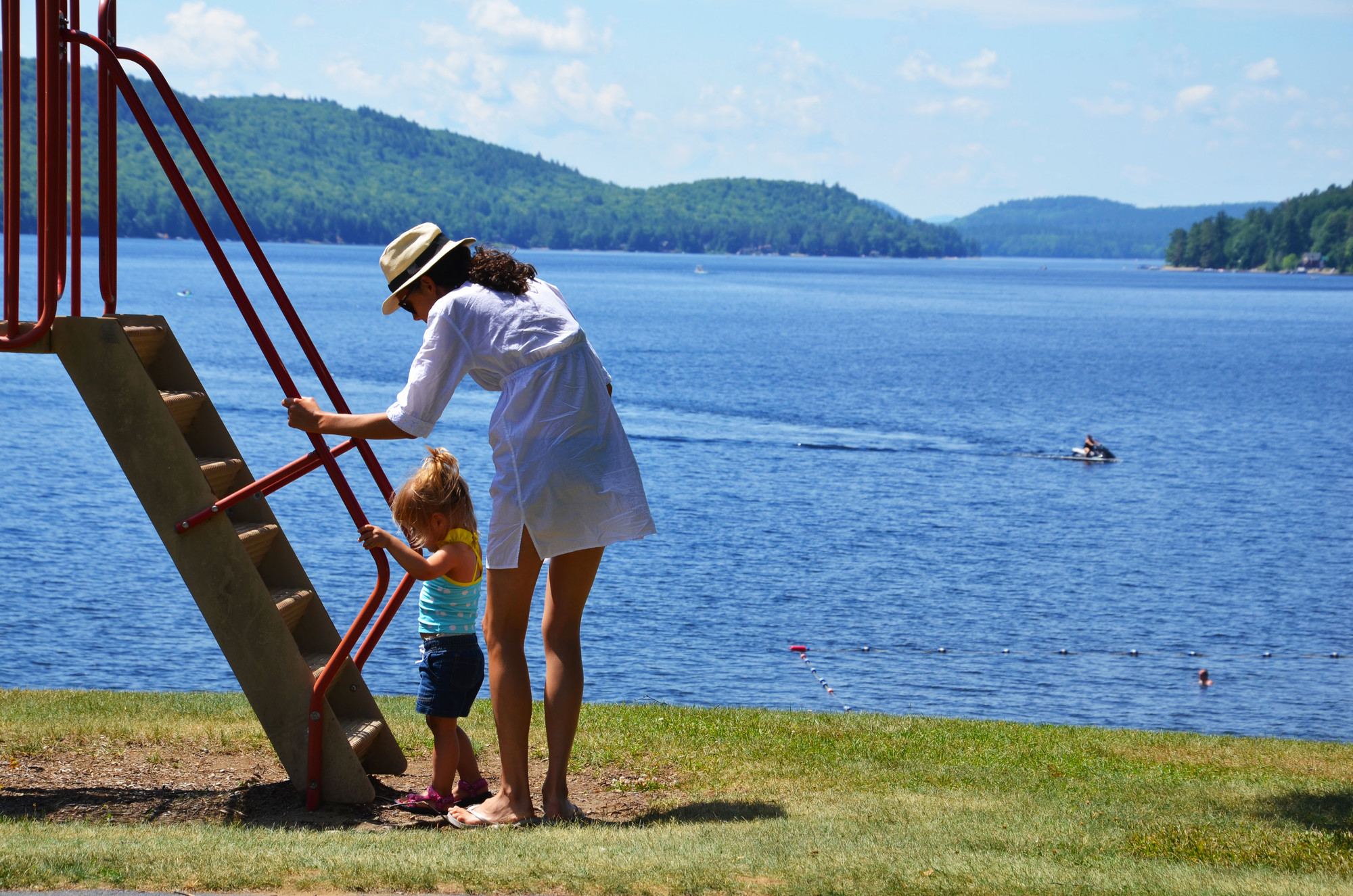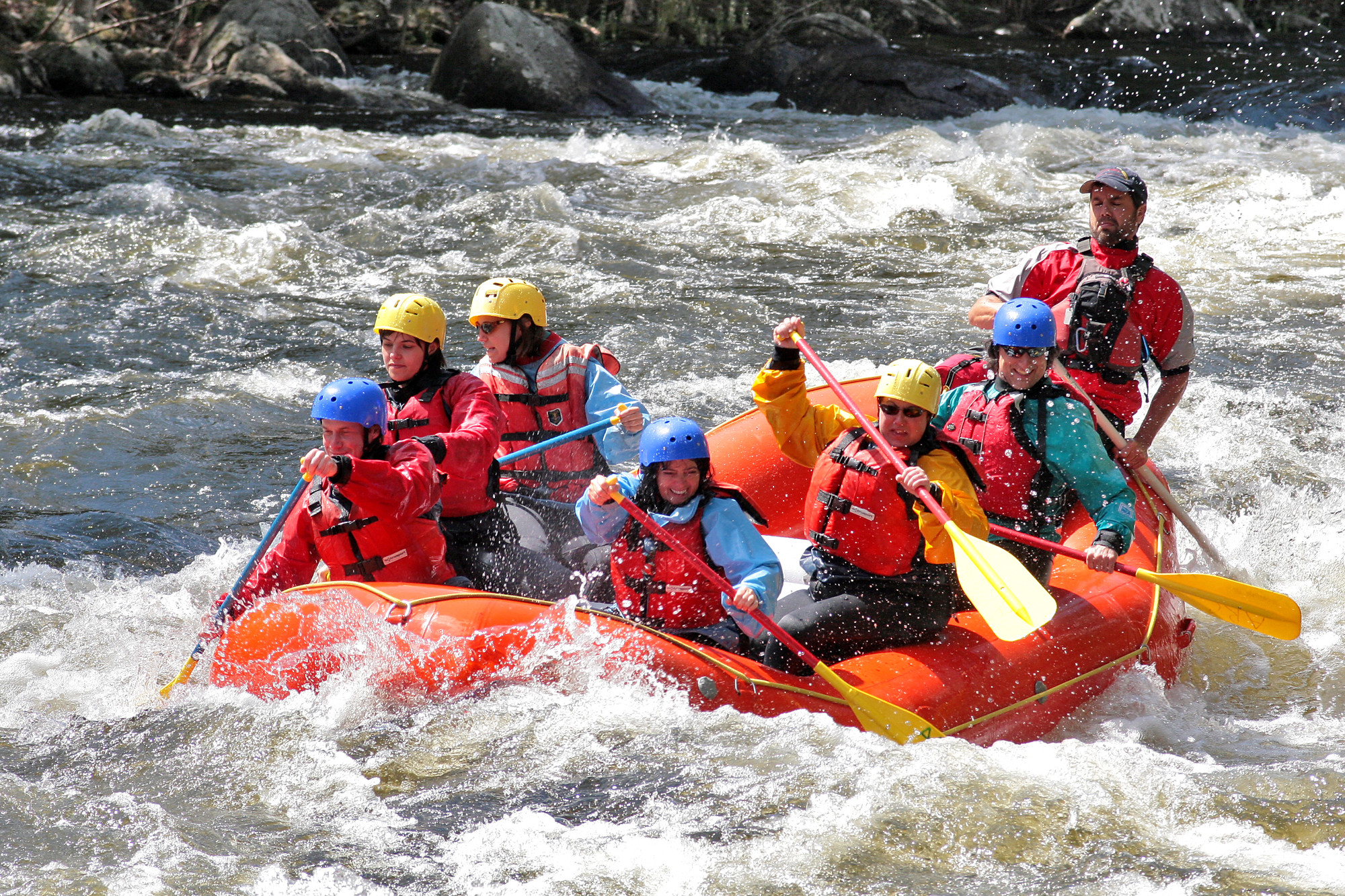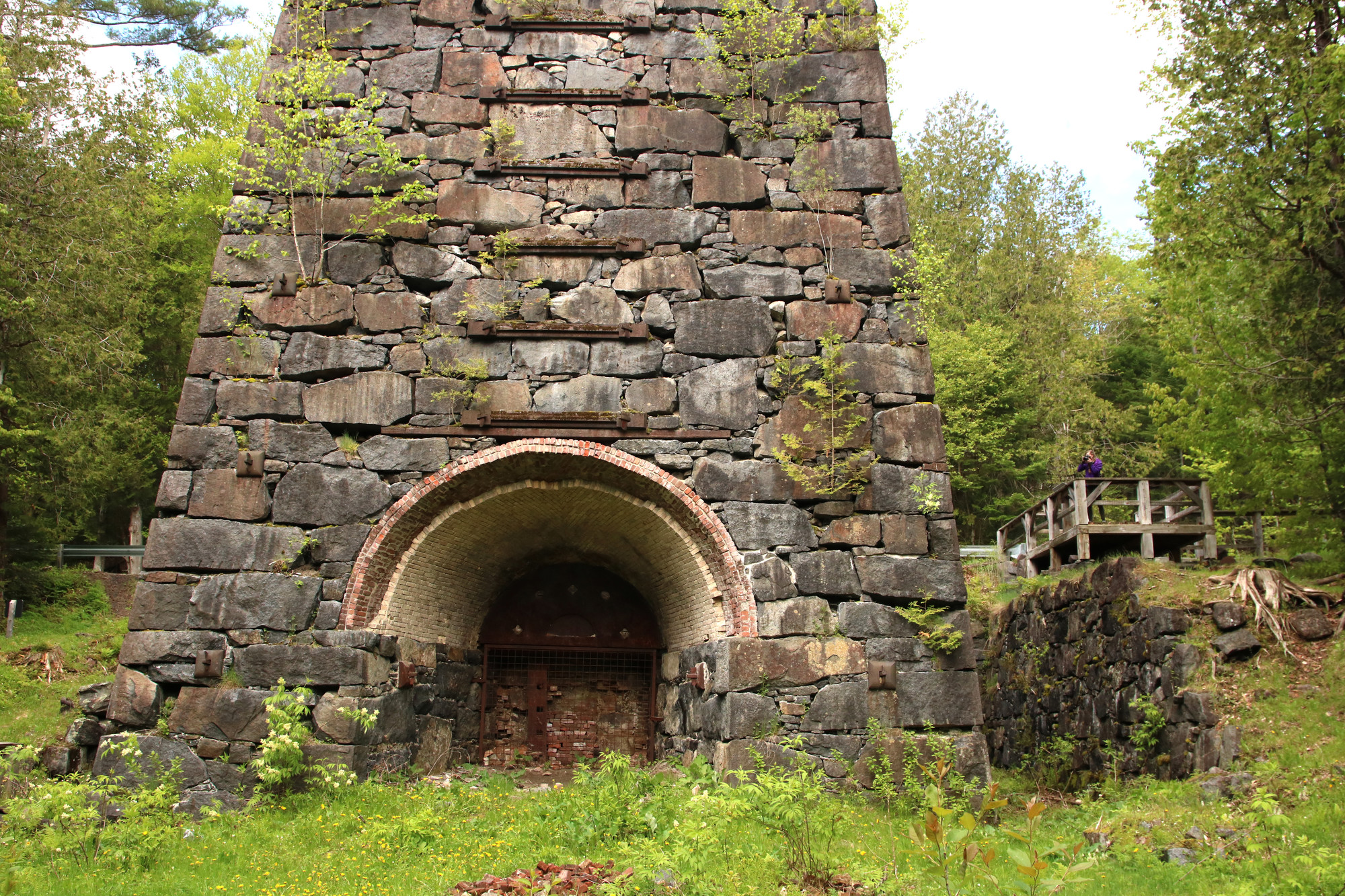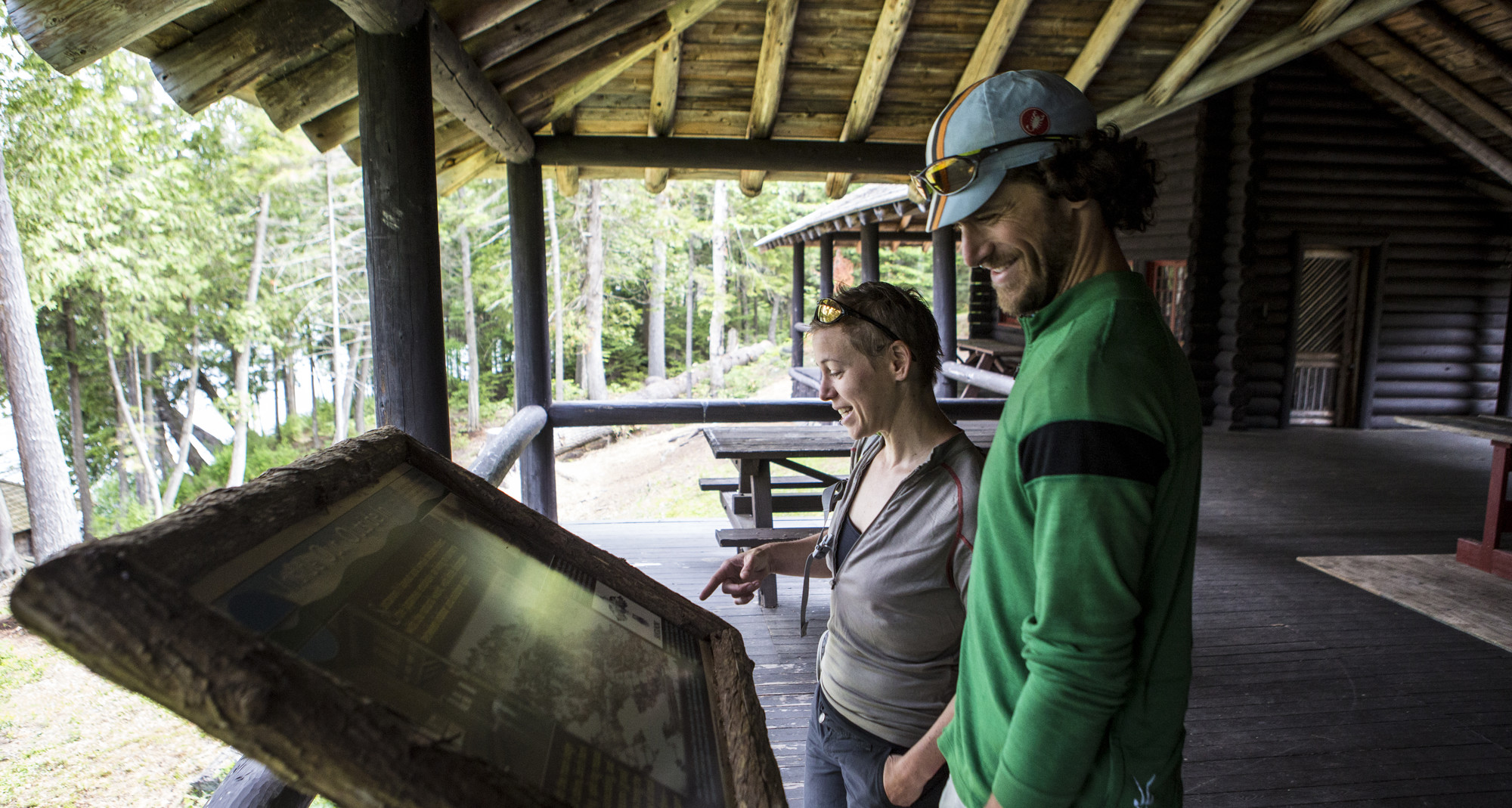As I sit here on my porch looking out over the sparkling waters of Palmer Pond, it is hard to believe that Christmas is only forty-six days away. It is sunny and nearly 60 degrees today. This year, the Adirondacks have been blessed with a warm and beautiful fall. However, in contrast, the cool crisp evening air lets us know that “ol’ man” winter is just around the corner. Soon, falling snowflakes, frigid cold air, sparkling holiday lights, and amazing colorful decorations will begin to pop up - and the smell of pumpkin and spice and everything nice will be upon us.
The Schroon Lake Region is no exception, soon it will be a magical winter wonderland as home owners and local businesses begin to deck the halls. One of my favorite pastimes is to drive around the region and see all the holidays decorations and lights, this year will be no exception.
As soon as the decorating is done, the stores will take inventory and make sure that their shelves are stocked with those special items that will make great gifts for everyone in your family.
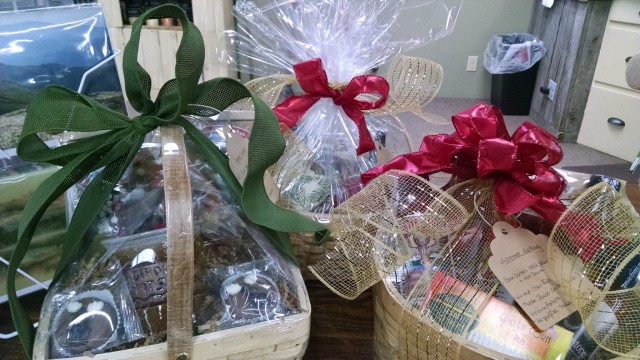
Tradition
One of my favorite events is the Schroon Lake “Old Fashion Christmas” that the Schroon Lake Chamber of Commerce and local volunteers host each year. This year it will be held on Saturday, December 12th and it is lining up to be spectacular.
The line-up looks like this... The Annual Christmas Bazaar will be held at the Community Church during the day, arts and crafts vendors will be stationed in the meeting room at the Schroon Lake Town Hall for your shopping needs, the stores and shops will be open for holiday shopping, and the North Woods Bread Company will be hosting a holiday bake sale that will benefit the Schroon Lake Chamber.
As evening comes, Santa will arrive on a firetruck to meet with all the good boys and girls, and the Town of Schroon Christmas tree will be lit, carols will be sung, horse-drawn wagon rides will be offered, and the Chamber will be holding its annual Adirondack Holiday Gift Basket Raffle. For more information regarding this event please call (518) 532-7675.
Now, if you miss out on this great holiday event, have no fear! You can still check the gifts off your list by stopping in a few of the shops located in the Schroon Lake Region.
Shop the shops!
One of my favorites is The Schroon Lake Towne Store.
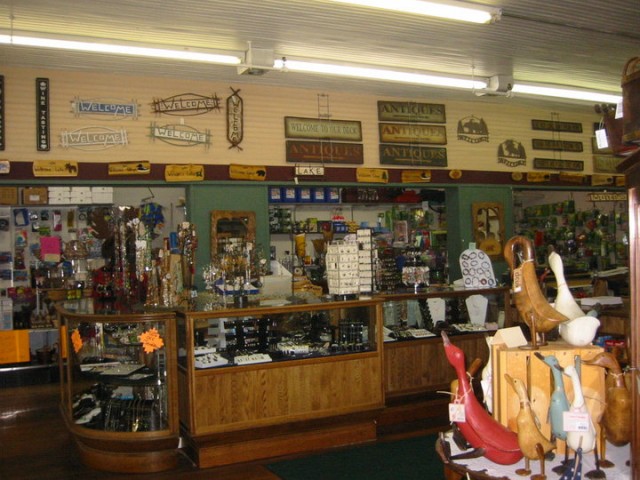
The Towne Store is a 133-year-old General Store, located on Main Street in Schroon that boasts of 6,500 square feet of space filled with unique gifts, quality jewelry, souvenirs, Adirondack books, stylish clothing, hats, accessories, Adirondack décor, linens, bath and kitchen accessories, sporting goods and toys, Minnetonka moccasins, Columbia clothing and boots, and so much more. Not only is the variety of items happily mind-boggling, but the staff are friendly and helpful. I can’t tell you how many times I have gone in needing a gift for someone and have no clue what to get, and the ladies take their time to help me choose the right item.
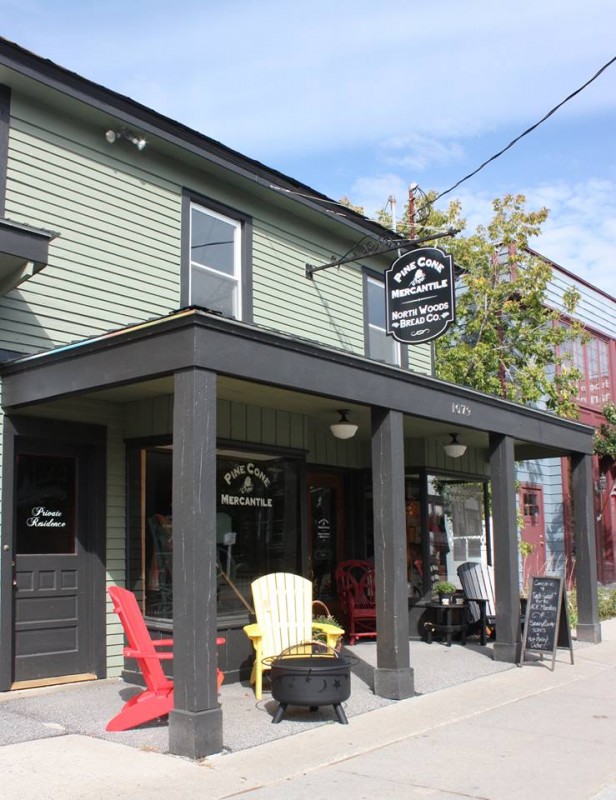
Besides the Towne Store, a new favorite store of mine is the Pine Cone Mercantile. The Pine Cone Mercantile opened this summer on Schroon Lake’s Main Street. When you walk through the aged, wooden, double doors you feel like you are walking into an Adirondack Great Camp. The room is filled with amazing Adirondack-style furniture and the walls are adorned with eclectic Adirondack-style art work and wreaths that look like they came right out of the local woods. Then there are these little items that tease and tantalize you such as little handblown glass vases that will suction to a window and hold a single flower, or old apothecary-style bottles that can hold your special treasures.
There are so many neat items, you should plan to shop slowly and grab yourself a great cup of organic coffee in the North Woods Bread Company located at the back of the Pine Cone Mercantile. Lisa and Ed Hess are the owners of this amazing shop, and they will go out of their way to make you feel welcome and help you with your purchases in either their home decor section or the bakery.
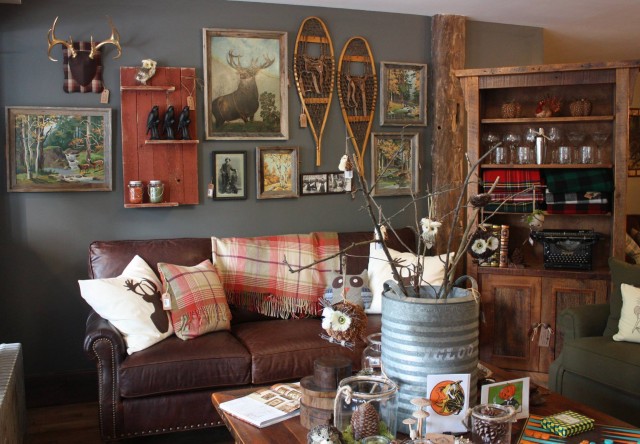
Get outta town (but not too far!)
Now, if you like to adventure out beyond Schroon Lake’s Main Street - which I sometimes do - then you will want to visit a few more places such as the Adirondack General Store. The Adirondack General Store is also an icon, and located on the back side of Schroon Lake in the small hamlet of Adirondack. Bob and Maureen, the store's owners, have done extraordinary things with this amazing hidden gem in the Adirondacks.
The store now has a gift shop area which includes many beautiful Adirondack style items, a deli with delectable food offerings with daily specials such as Quiche and homemade soups, and a grocery/pantry style shopping area where I personally buy many of my jams and sauces and Oscar products. My favorite - the strawberry-rhubarb jam, it is amazing on toast.
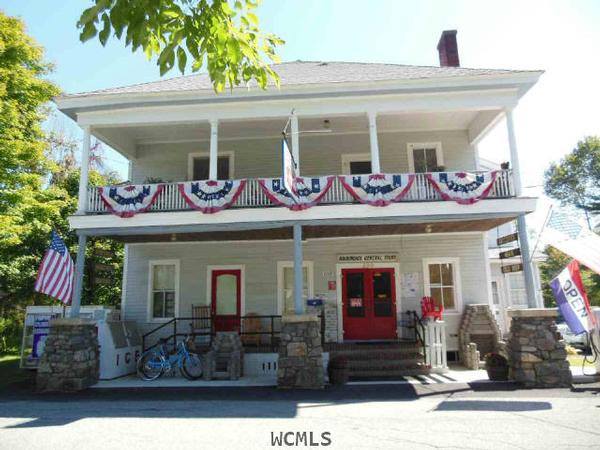
Adventuring is an art, you have to take all the country roads and really see the Schroon Lake Region, and your shopping trip is not complete if you have not visited a few other locations such as The Lazy Moose Market and Garden Center located in Brant Lake, NY.
Brant Lake is just a few miles southeast of Schroon Lake and now can brag about having an amazing general store called The Lazy Moose Market. The Lazy Moose has a wonderful deli, large gift shop section, grocery section and garden center. The gift section is loaded with delightful items that will make great gifts for the holidays. I recently purchased a vase that lights up with a gorgeous winter scene that includes cardinals and deer. Oh, and while you are there, make sure to have Jeanine make you a sandwich and grab a few bags of Next Organics. Next Organics are all natural dark chocolate covered real fruit, they make great stocking stuffers.They have them in blueberry, strawberry, cherry, coconut and banana, so yummy!
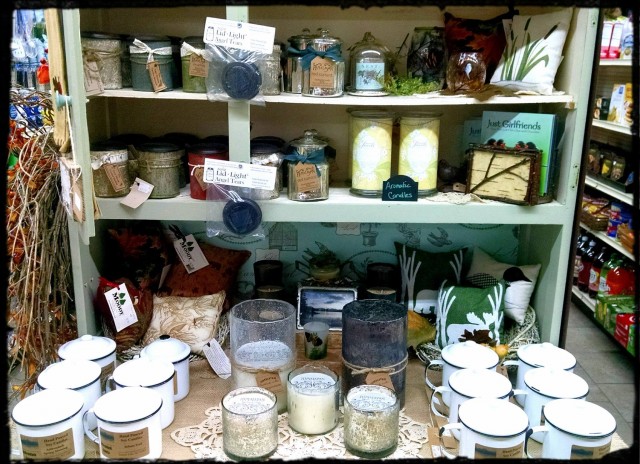
Now that you are done in the southern end of the Schroon Lake Region you should head back north to North Hudson, NY. Your first stop should be Gokey’s Trading Post. This store has everything from $1 items that are great for stocking stuffers all the way up to art work, tools, Adirondack books, decorations, and so much more. There is a huge, huge variety here.
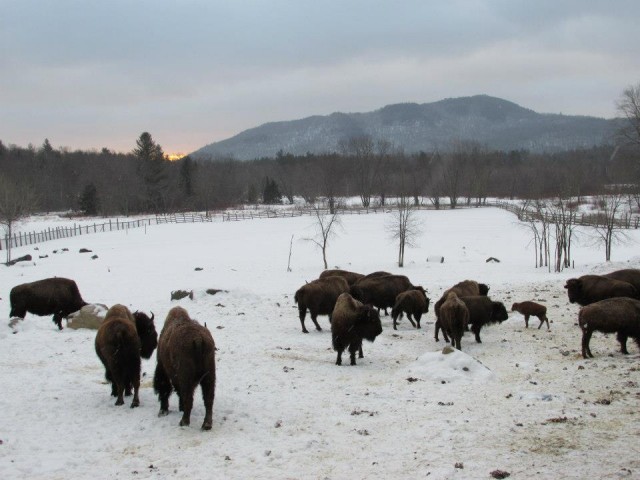
When you are done shopping at Gokey’s, your next destination should be the Adirondack Buffalo Company on the Blue Ridge Road. The Adirondack Buffalo Company is approximately 3.8 miles from I-87 off exit 29 heading toward Newcomb. This place is a hidden gem that intrigues both locals and visitors alike. The Adirondack Buffalo Company's farm allows families to visit a real live American Buffalo Farm complete with a large barn-style gift shop that is full of all kinds of unique and amazing items.
Doreen and Steve take great pride in their business and offer made-fresh daily tasty homemade bakery items such as pies, muffins, cookies, and much more. They also offer a whole line of jarred sauces and marinades, fresh farm veggies (in season), homemade crafts, souvenirs, art work, antiques and so much more! You won't want to leave the shop without Buffalo Burgers or tasty Buffalo Rib Eye Steaks (both excellent healthy-heart selections and great on the grill)!
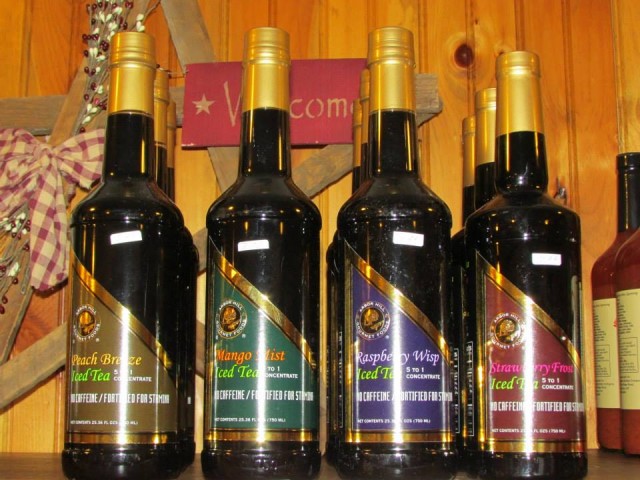
The Schroon Lake Region is full of great little shops, restaurants and artisans. Don’t forget, if you can’t find a gift at one of our amazing shops, you can stop in to one of our restaurants such as Sticks & Stones, Decesares Pizzeria, Flanagan’s Pub, Pitkin’s Restaurant, or Shirley’s Diner to pick up a gift certificate for that special someone that likes to dine out. And for those craft beer drinkers, you won't want to miss out on grabbing some Internationally-Awarded Paradox Brewery products.
Each year shoppers travel to big box stores to purchase their perfect holiday gift for their loved ones, however most shoppers do not realize how detrimental this is to the local communities in our region. I would bet that most shoppers don't realize that there are nearly 23-million small businesses in our country, and they provide nearly 54% of all U.S. sales! Not only do these businesses provide over half of the retail sales in our country, they also create nearly 8 million jobs per year. But it doesn’t end there, small businesses donate 250% more than larger businesses to non-profits and community causes, funds that are very important to the rural communities we live in. It is said that if a shopper spends $100 at a local business, roughly $68 stays in the local economy; if they spend the same amount at a large big box store only $43 stays in the local economy, a huge difference!
So, when it comes to deciding if you want to shop at a big box store or travel to the Schroon Lake Region to do your holiday shopping - I hope that you will remember these statistics and how magical the region is during the holidays. The Schroon Lake Region’s business owners look forward to taking care of your shopping needs this holiday season, and I look forward to seeing you all out and about while on my own shopping adventures.
